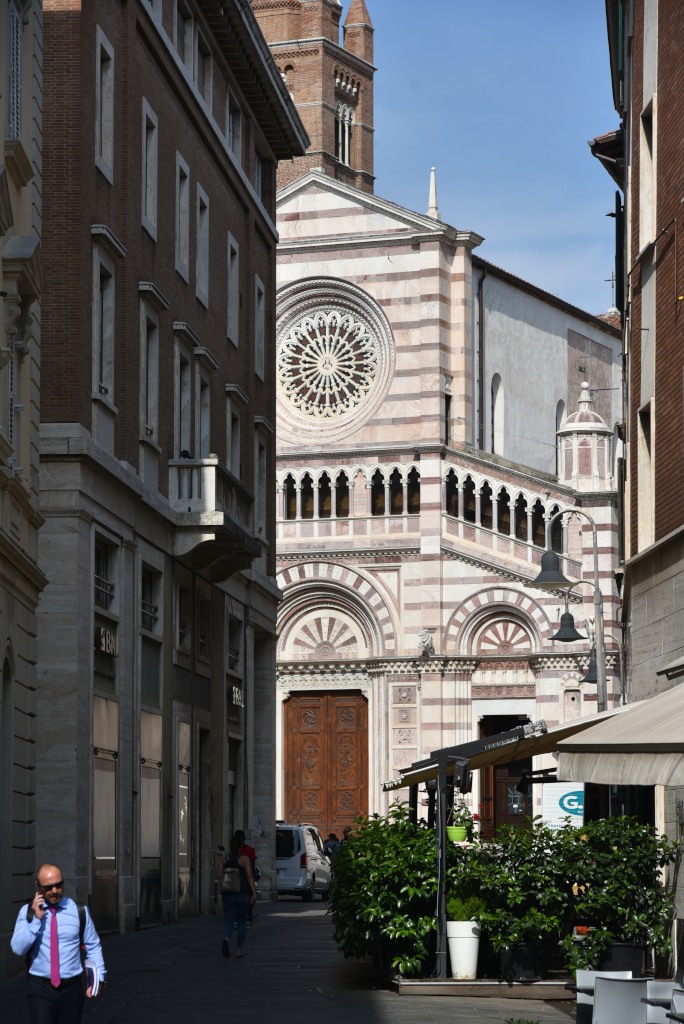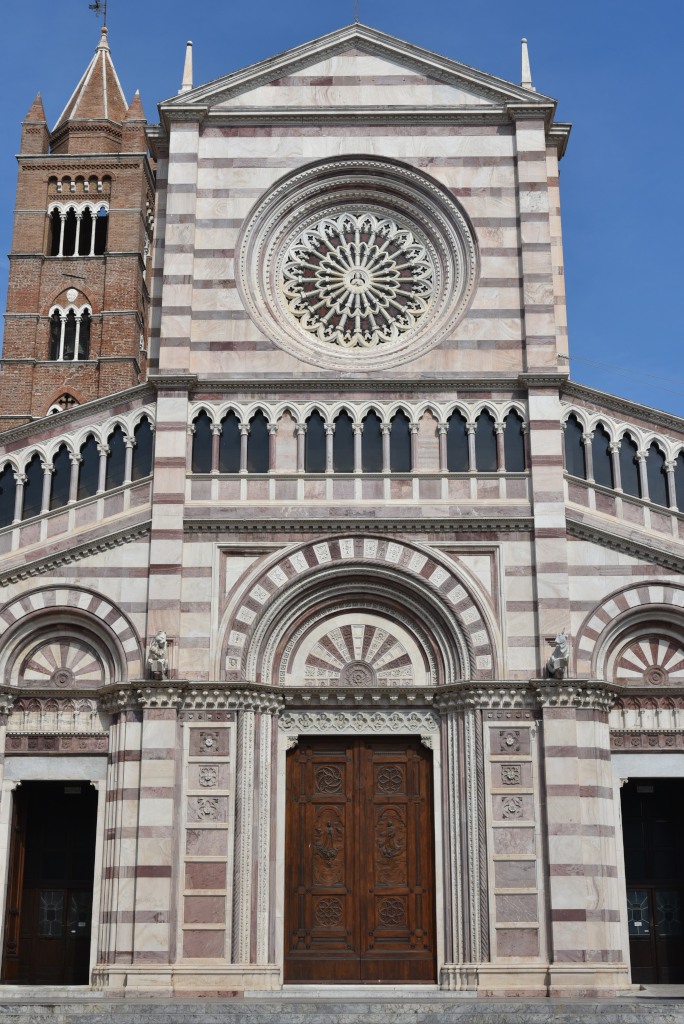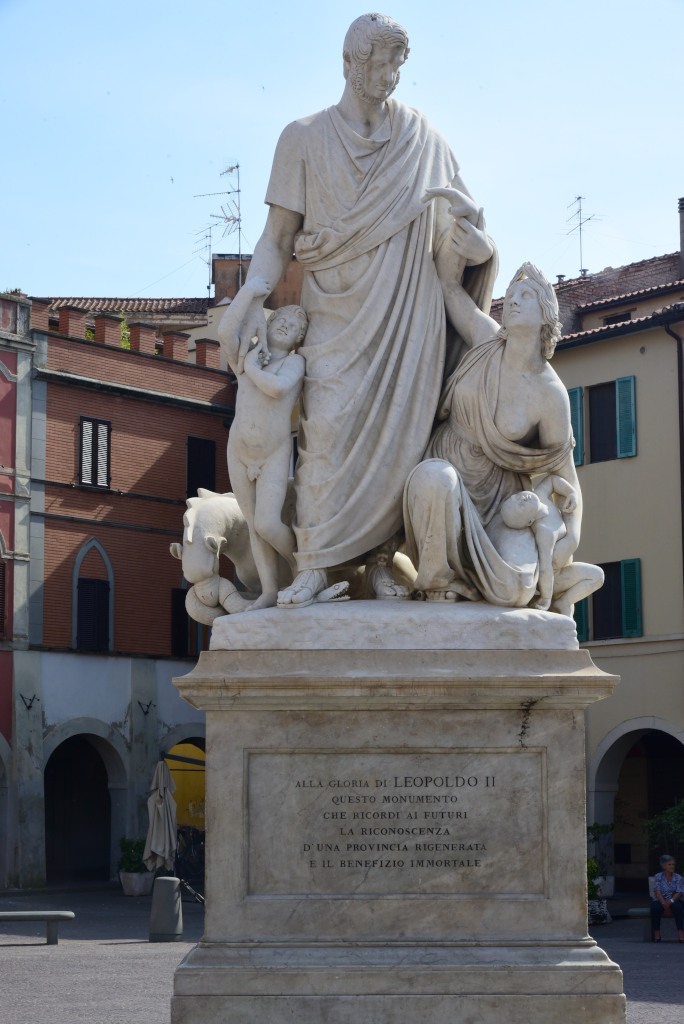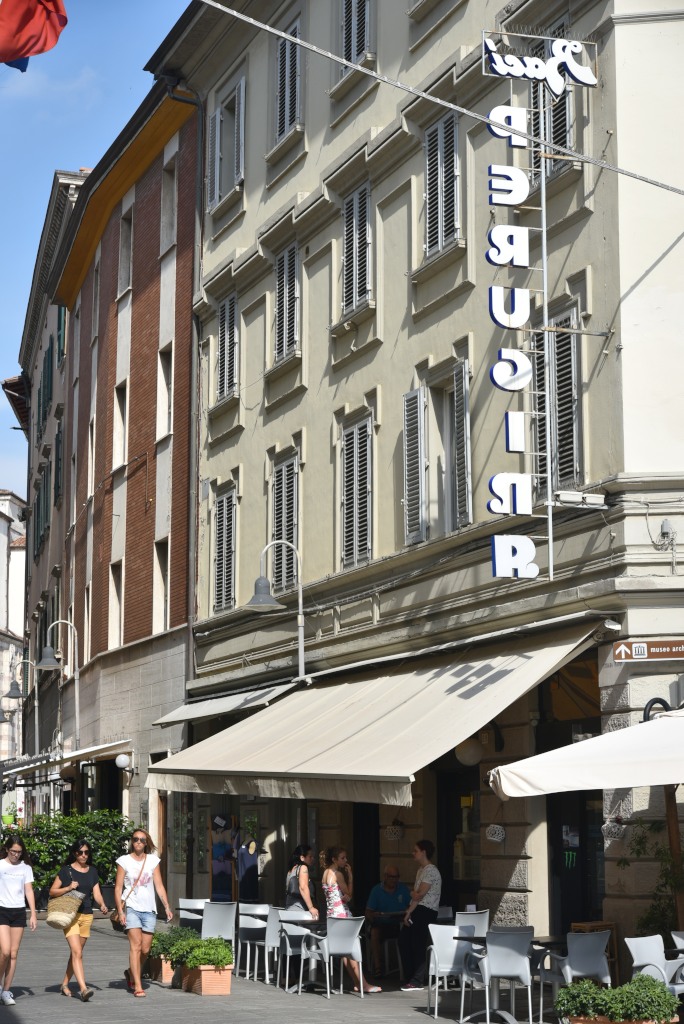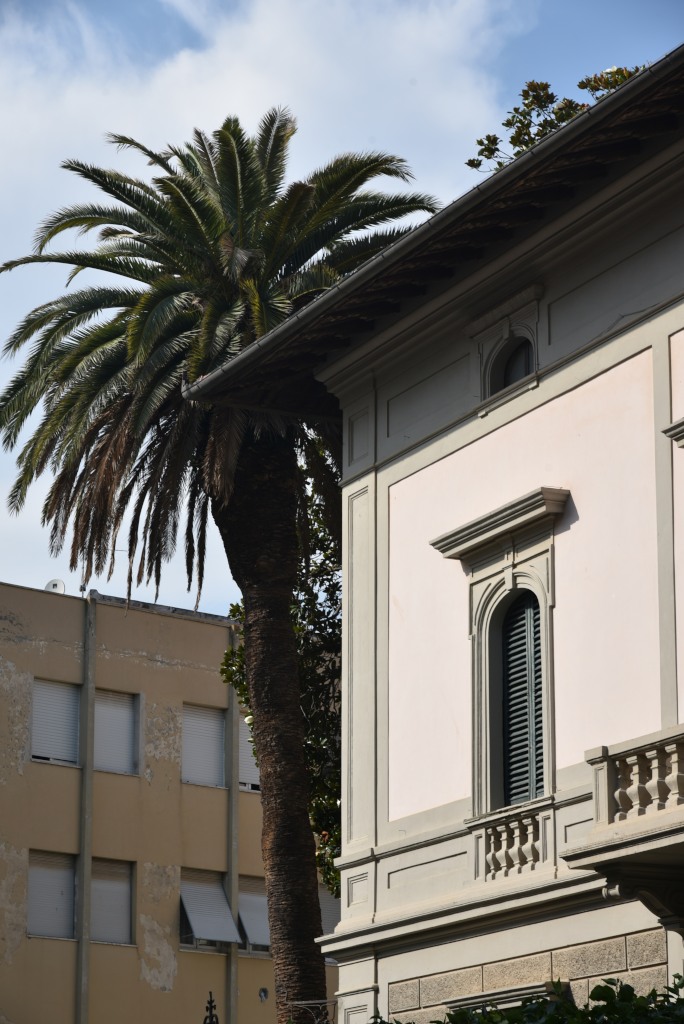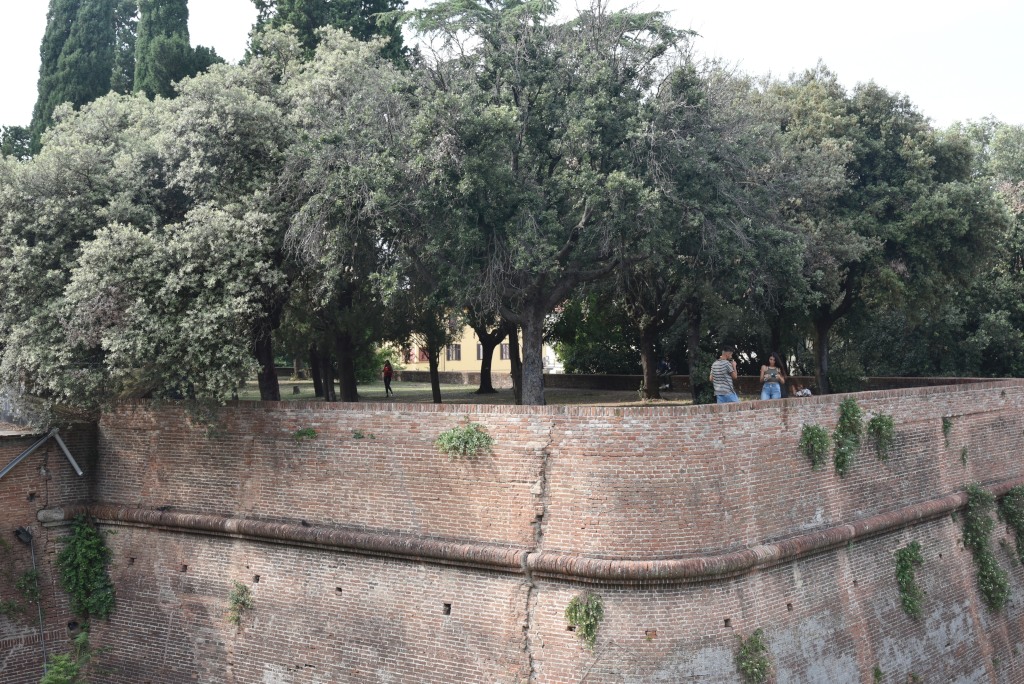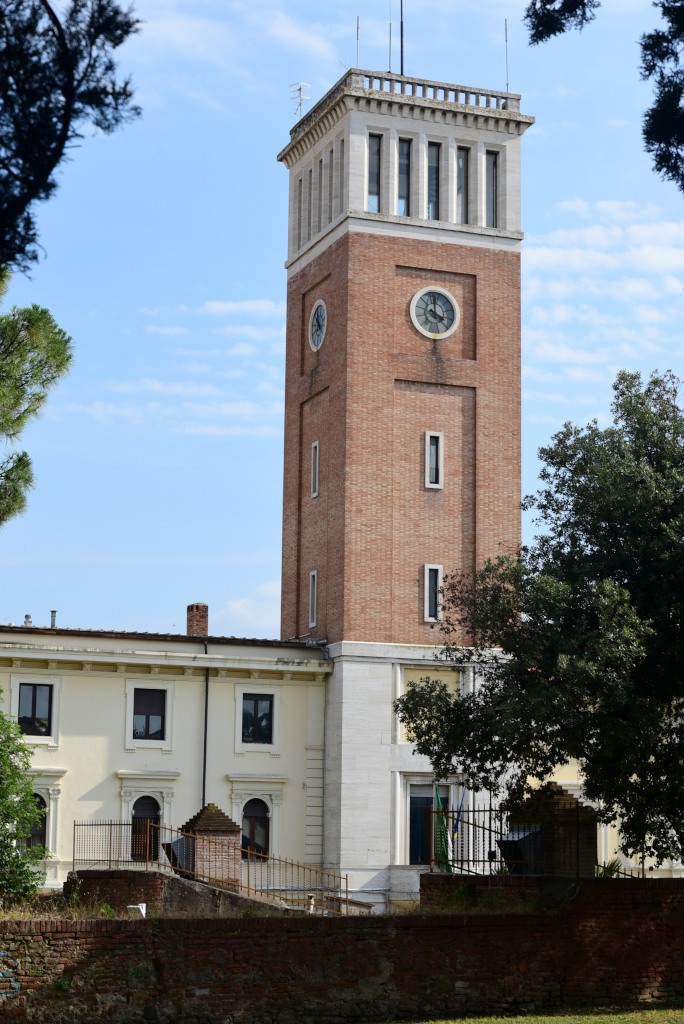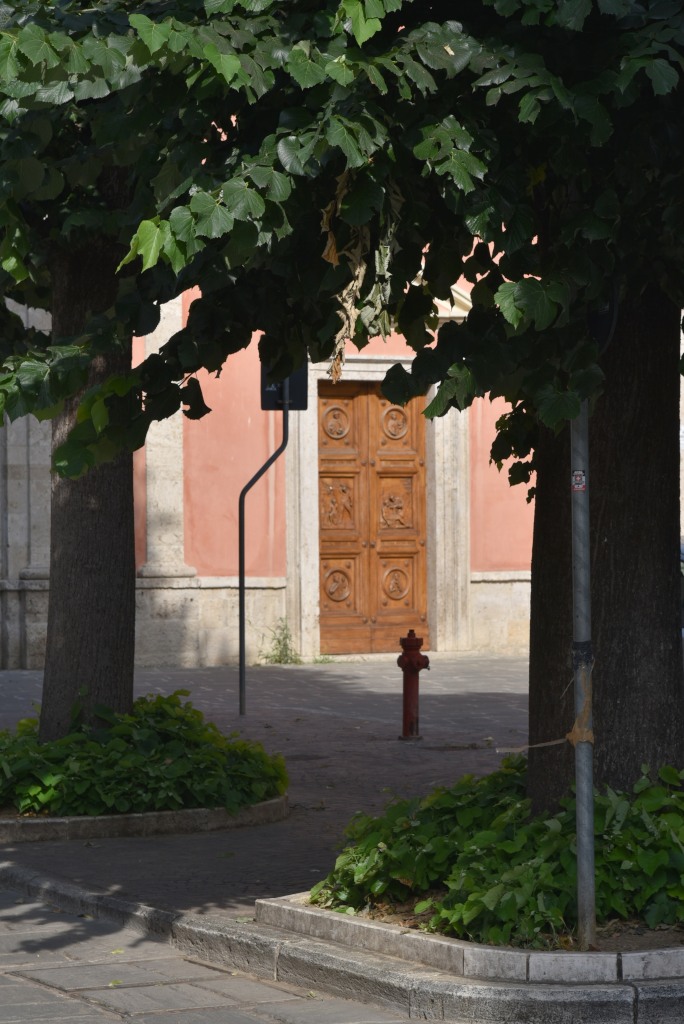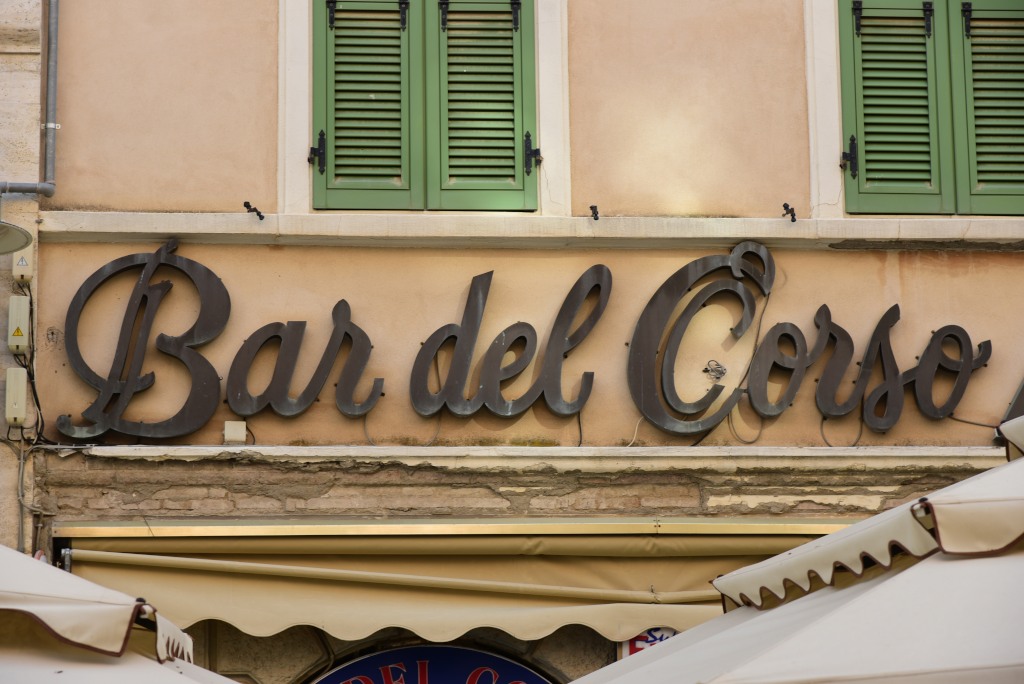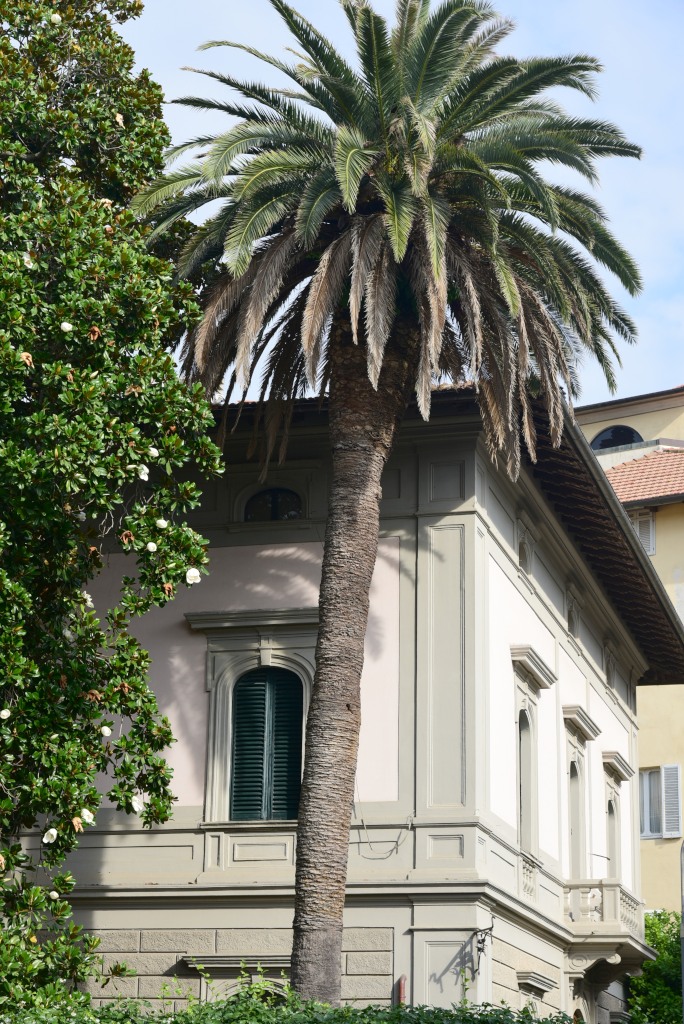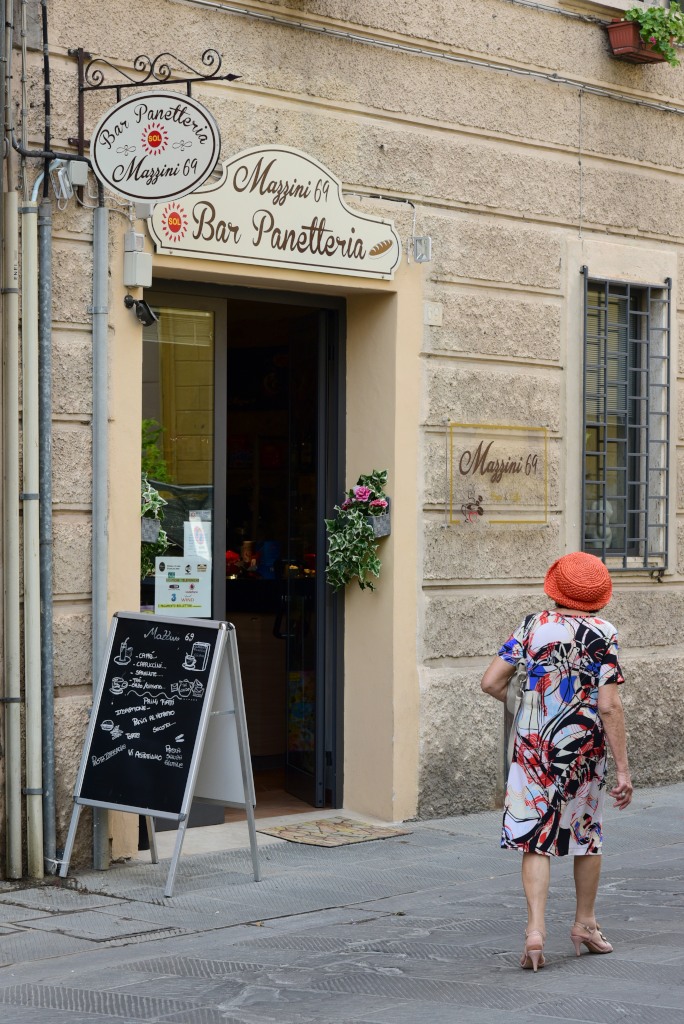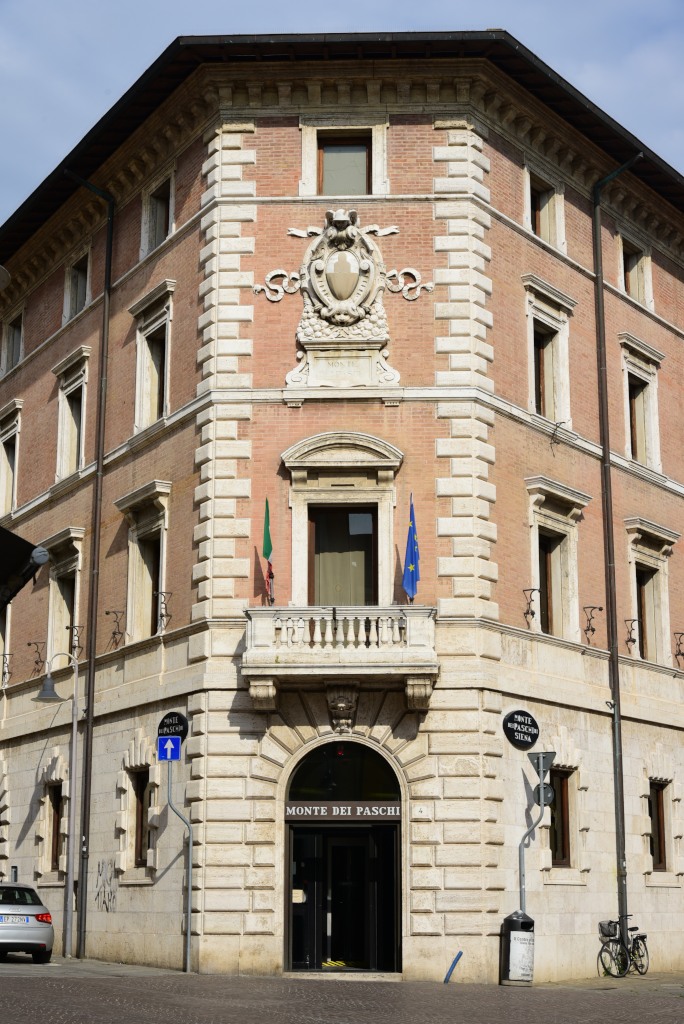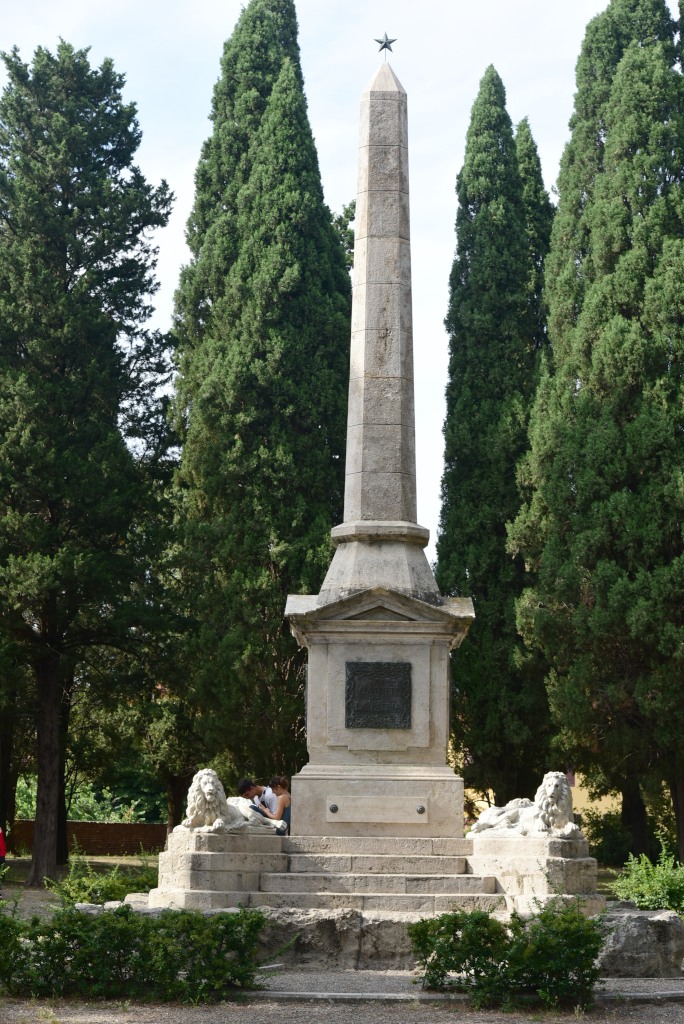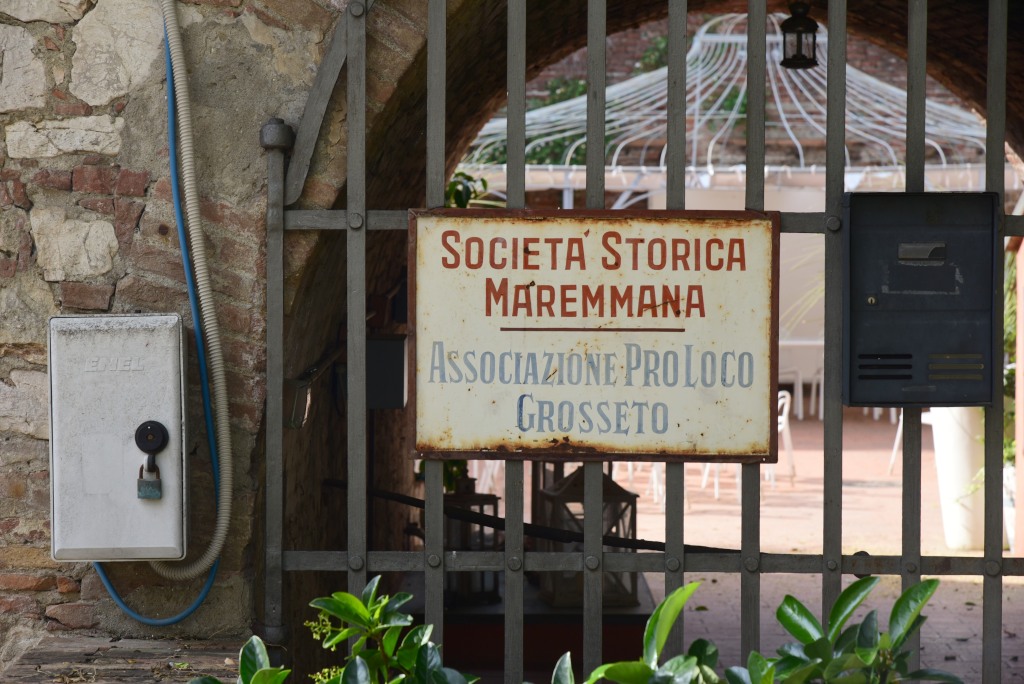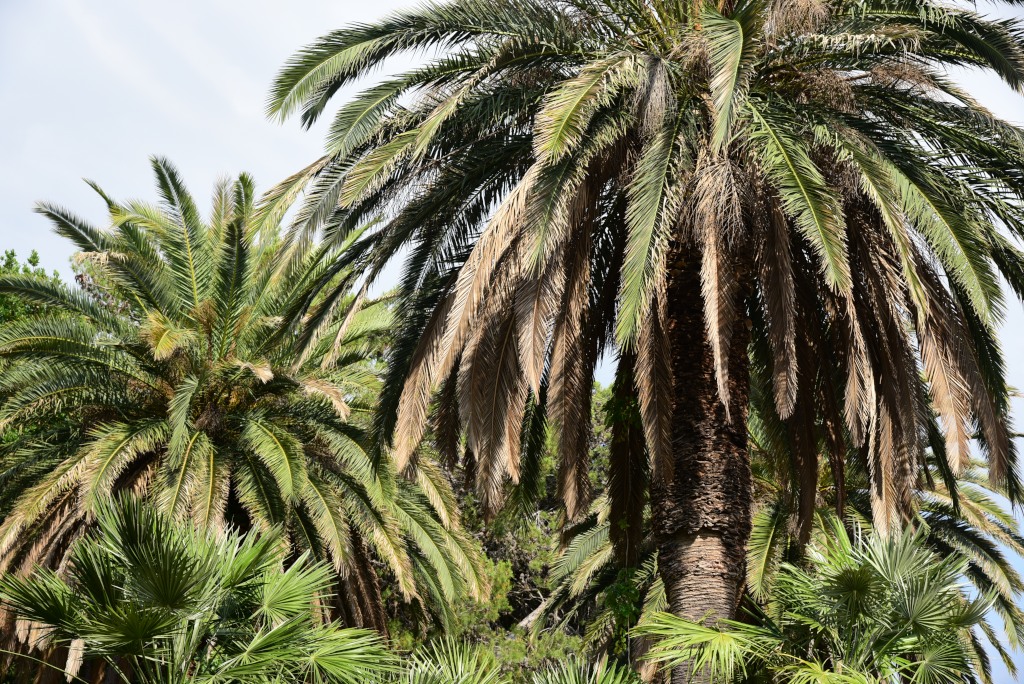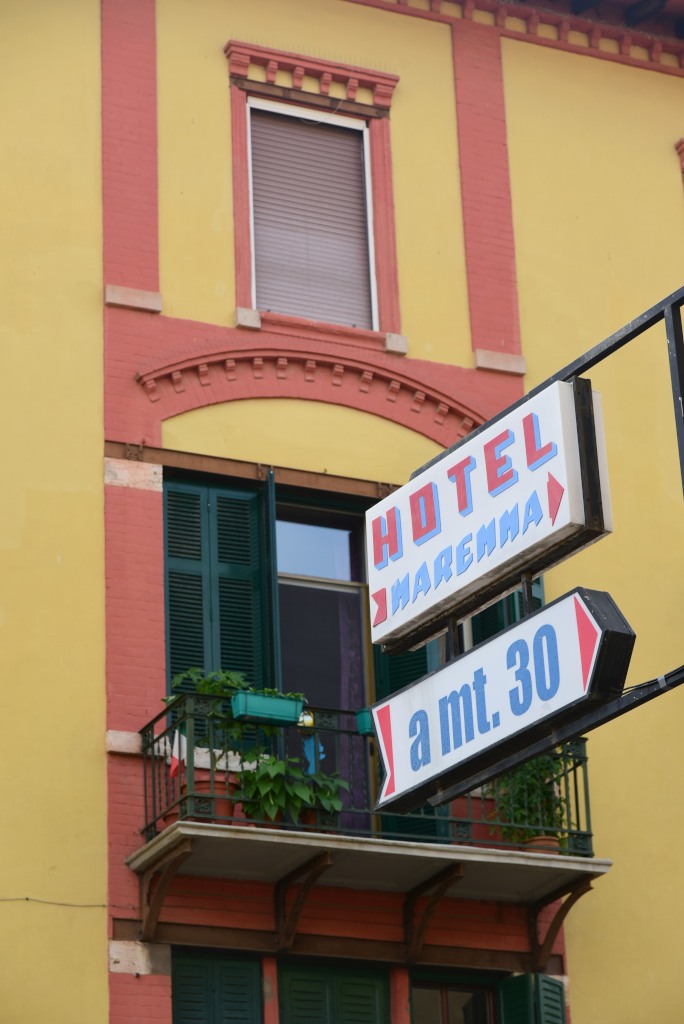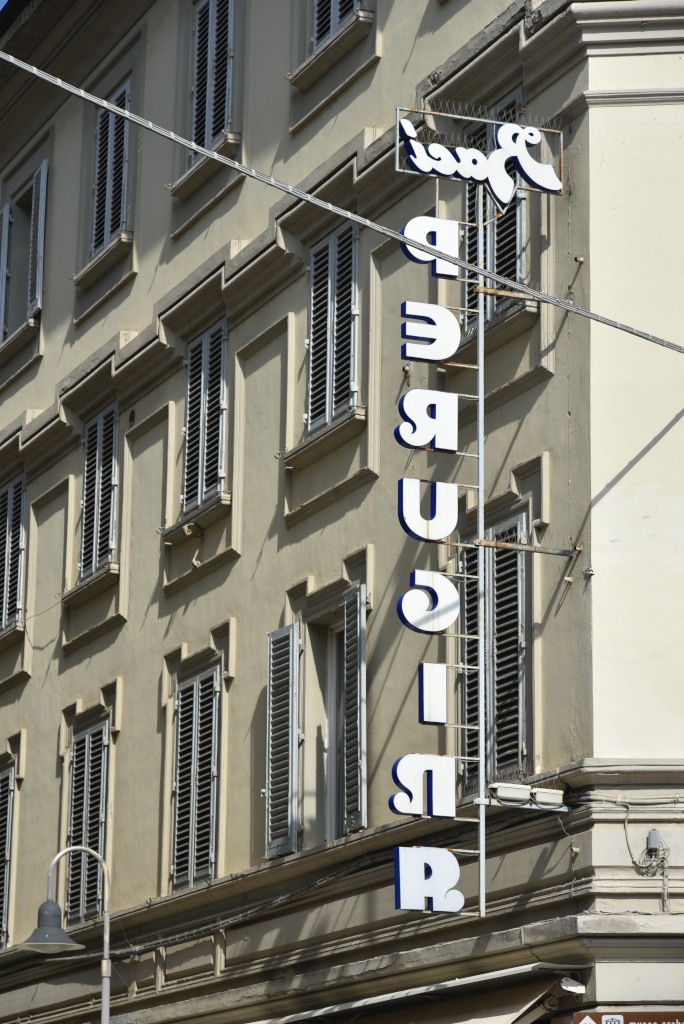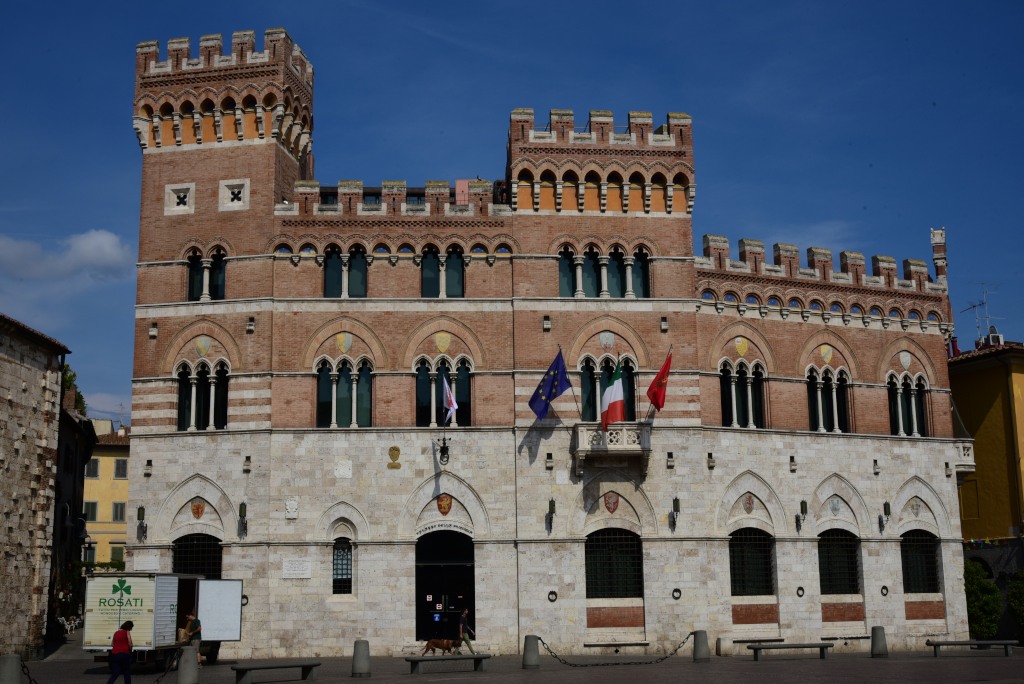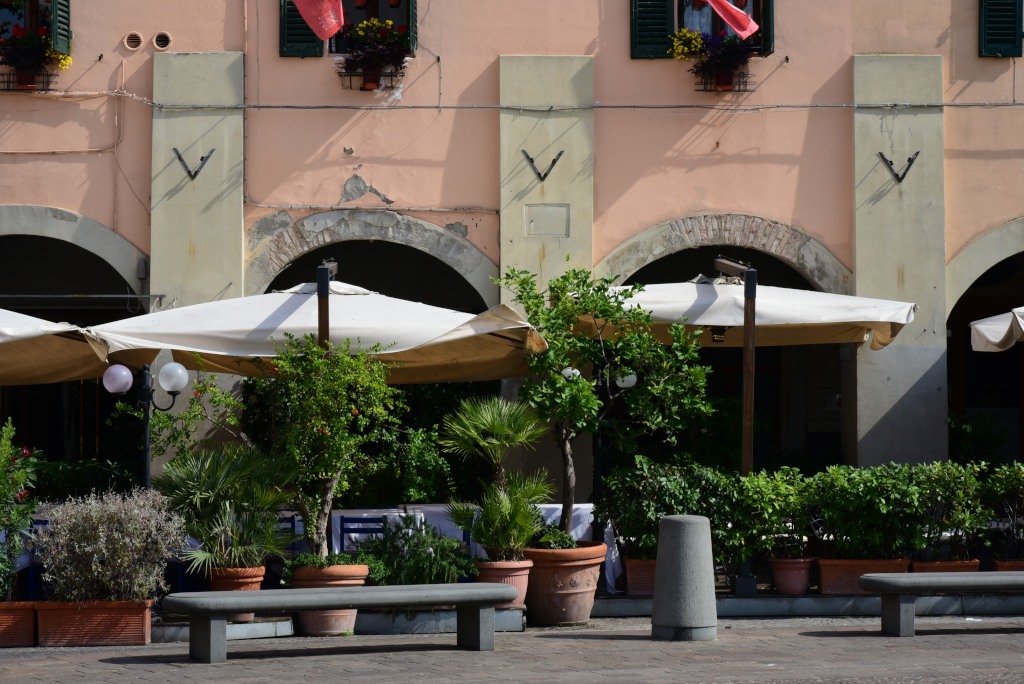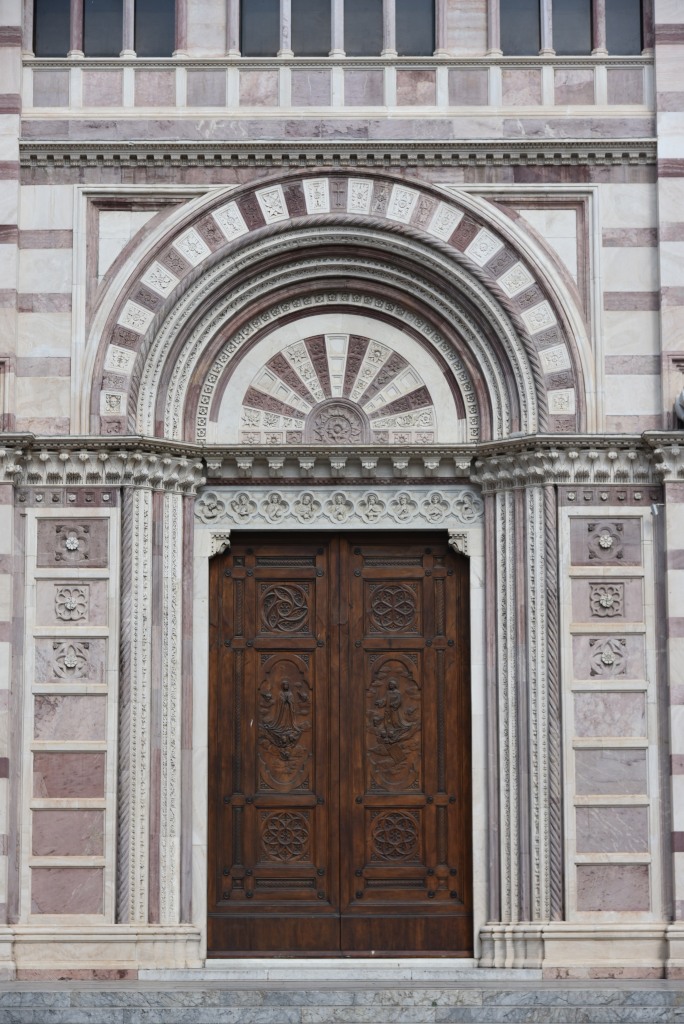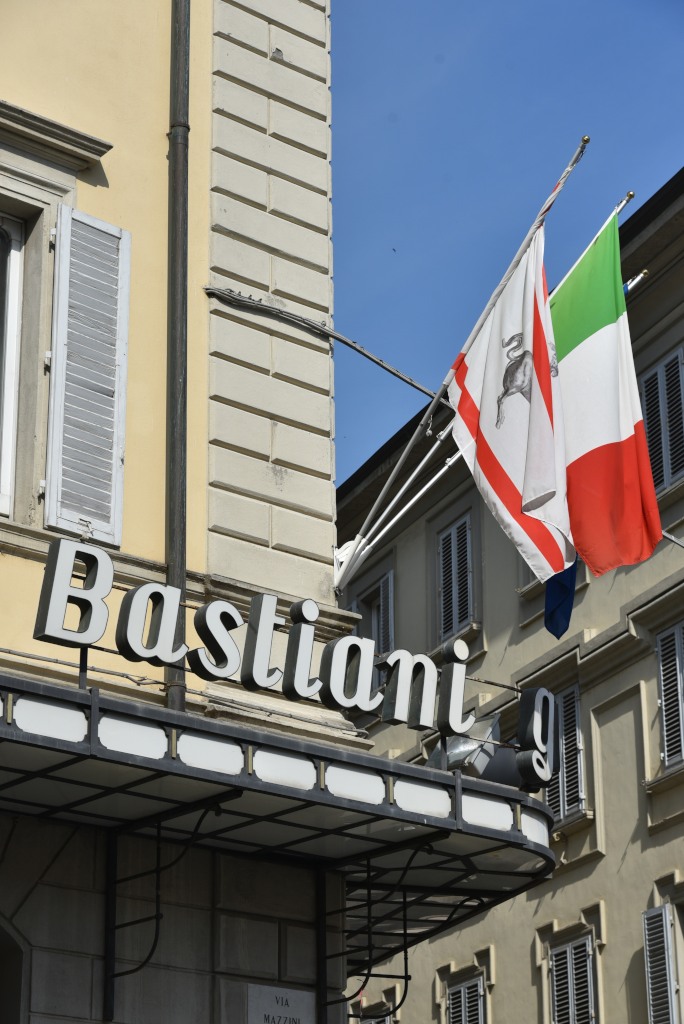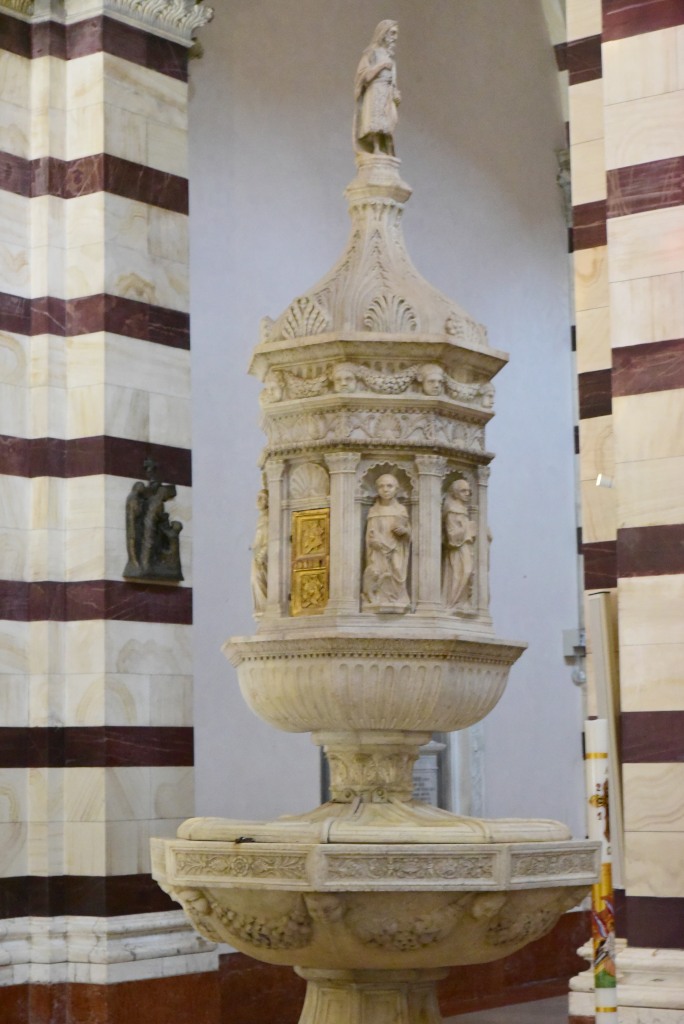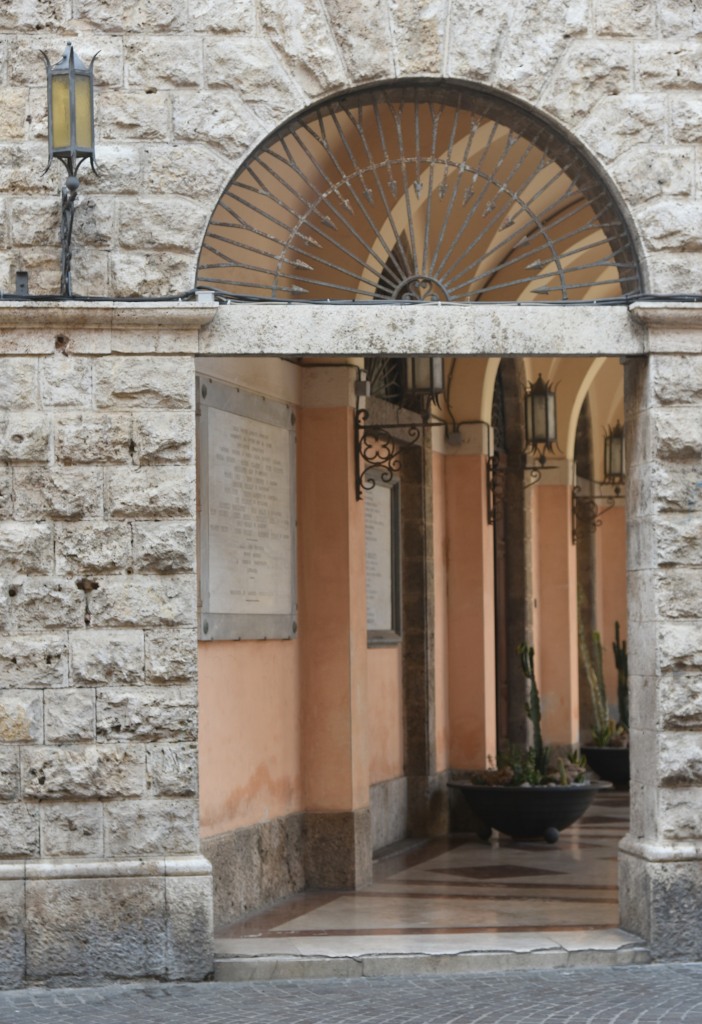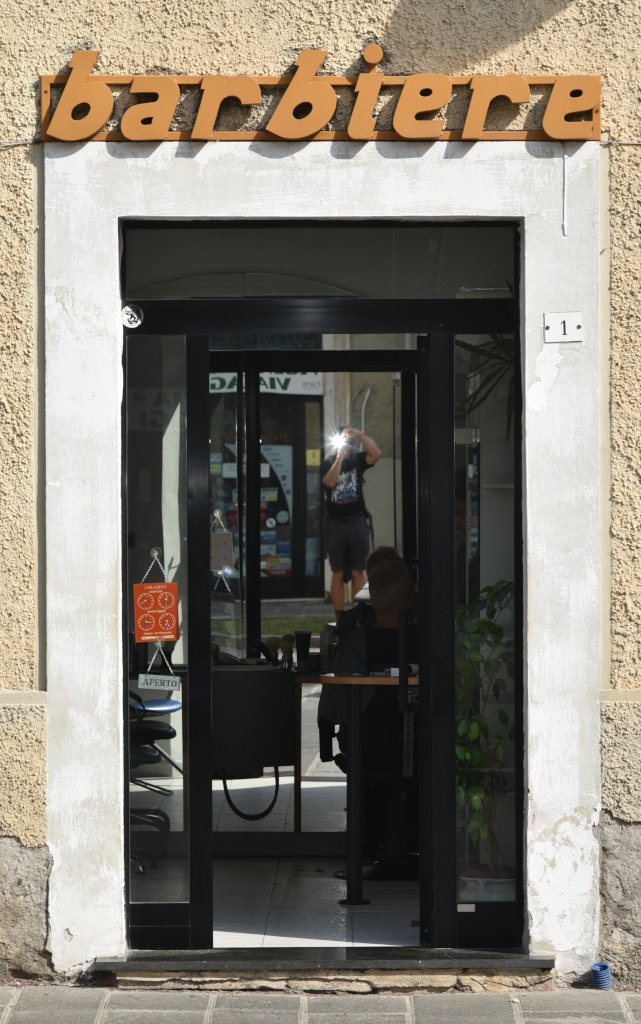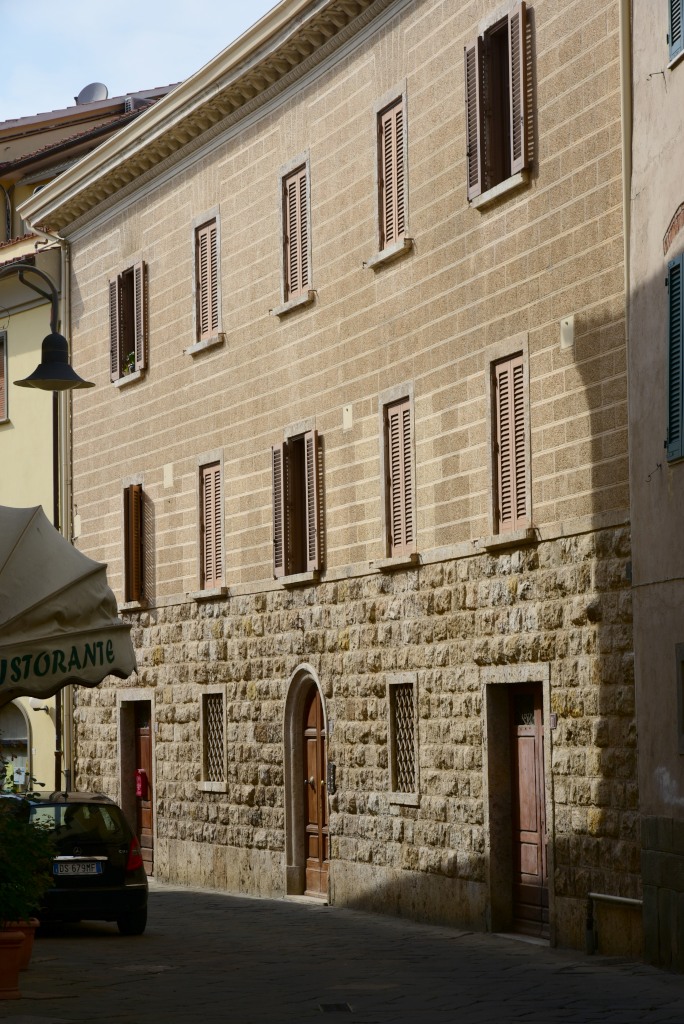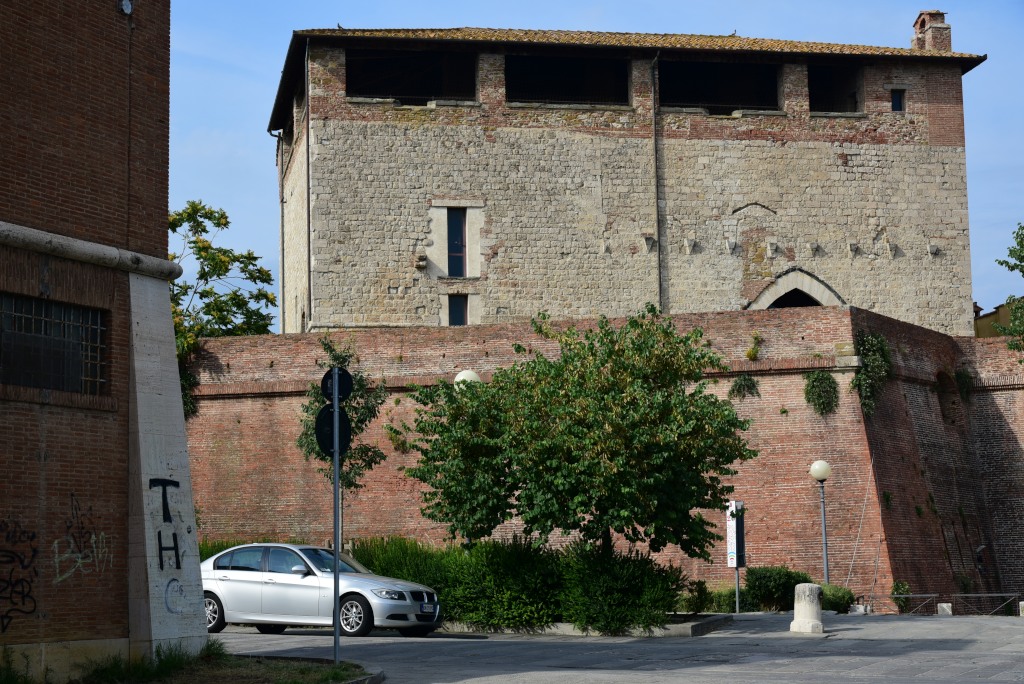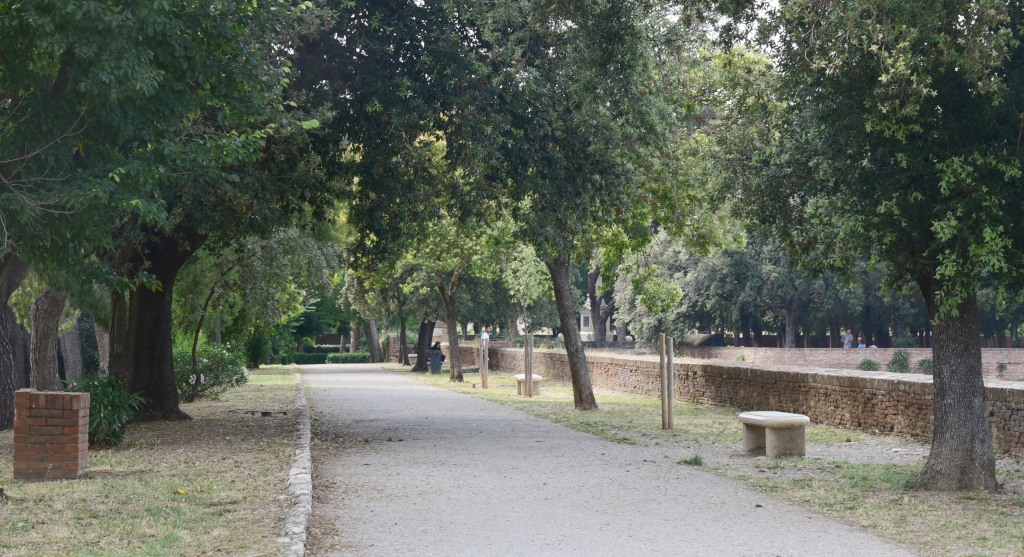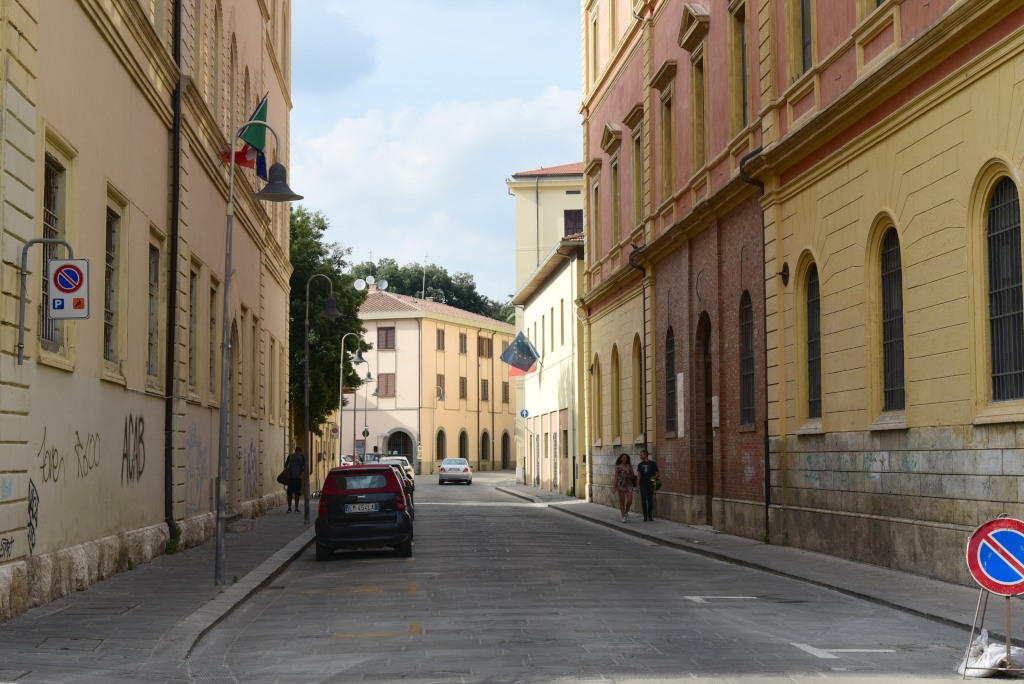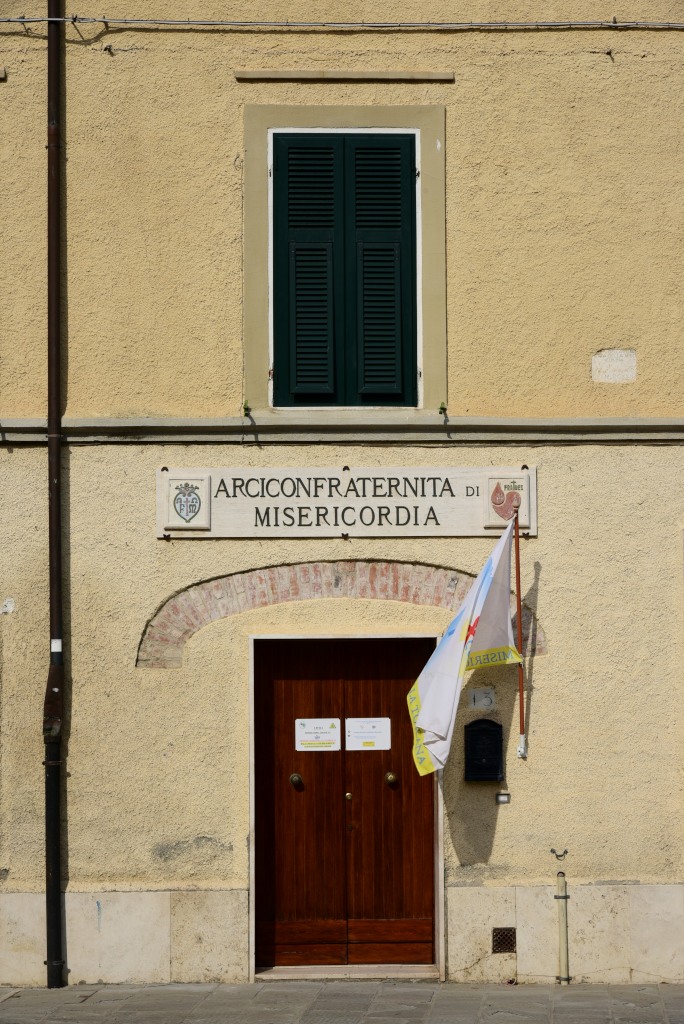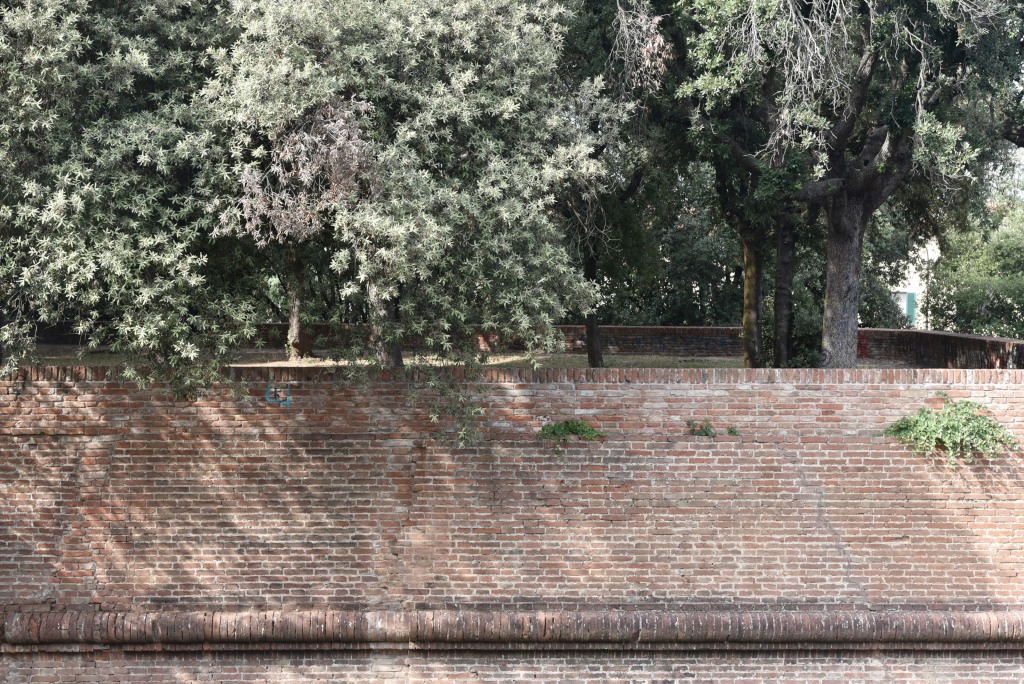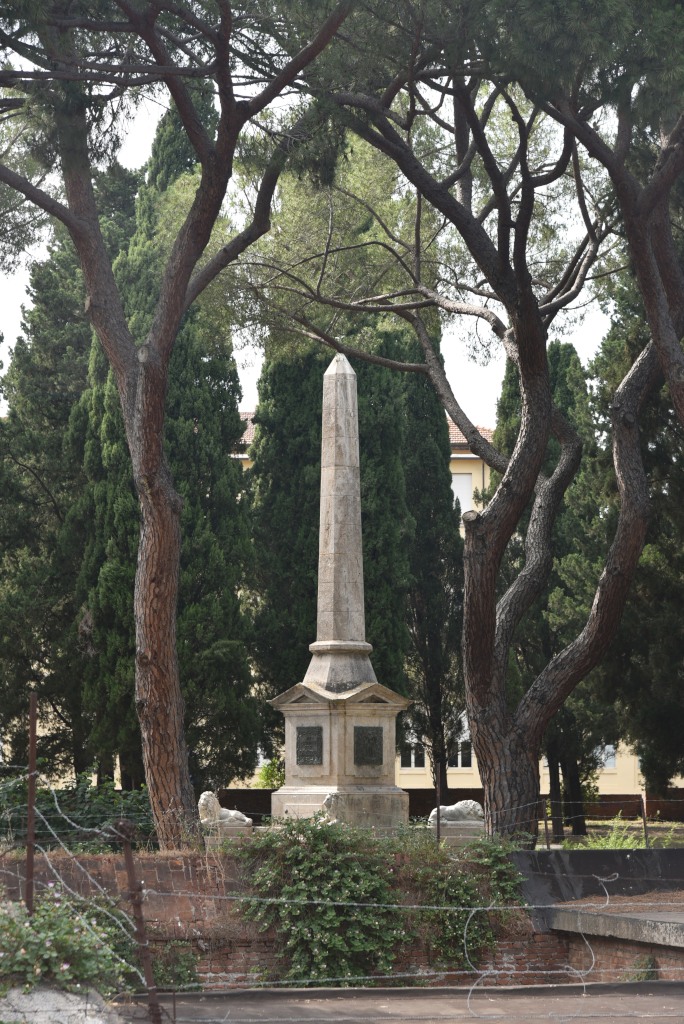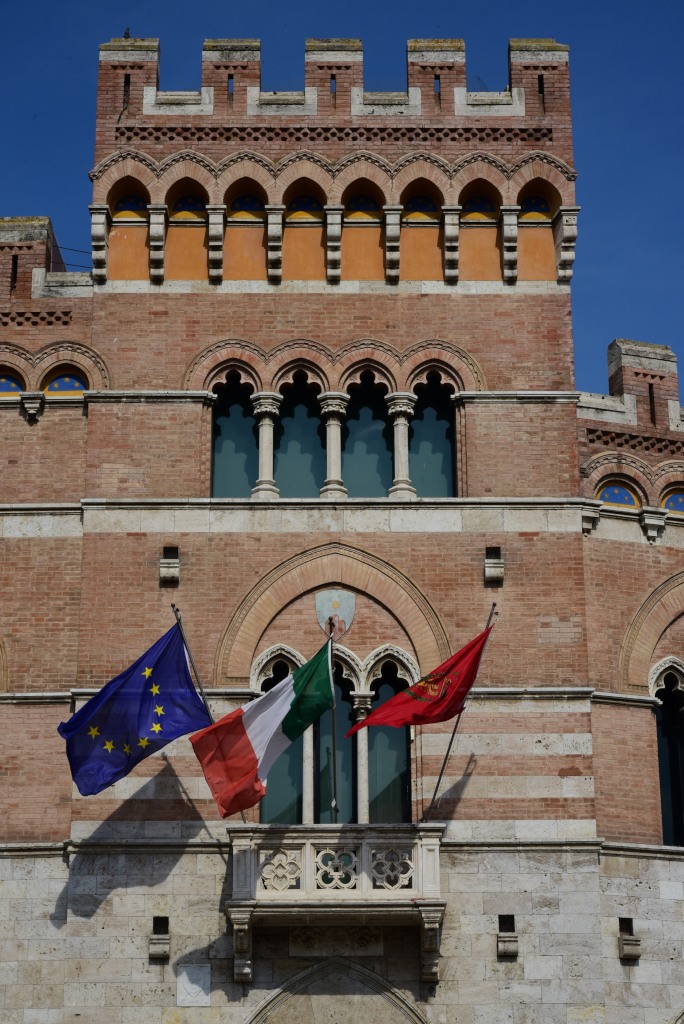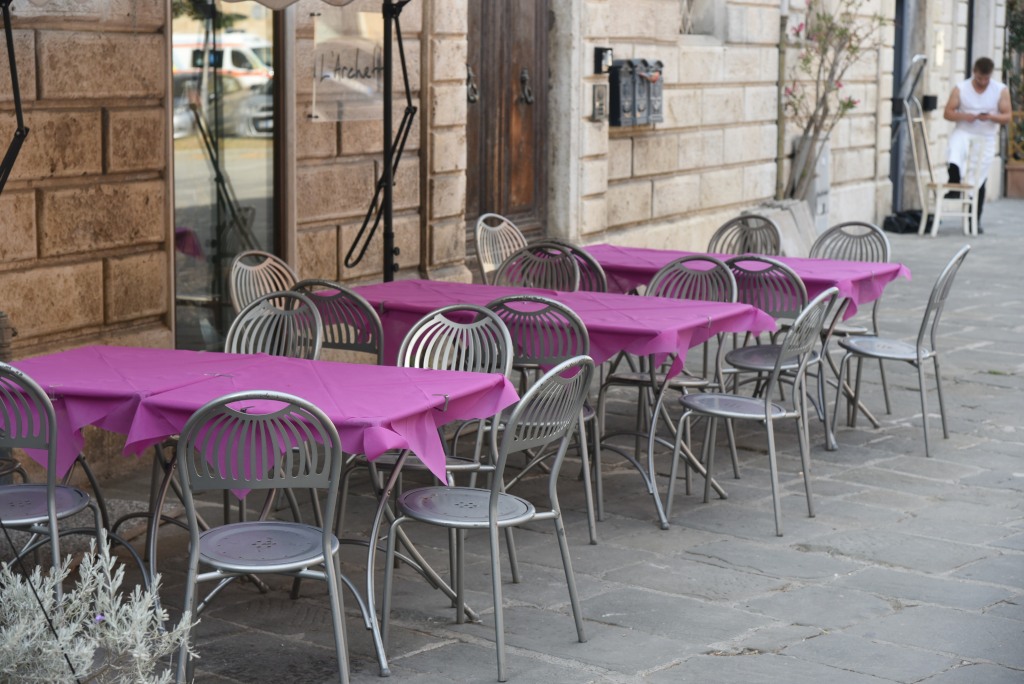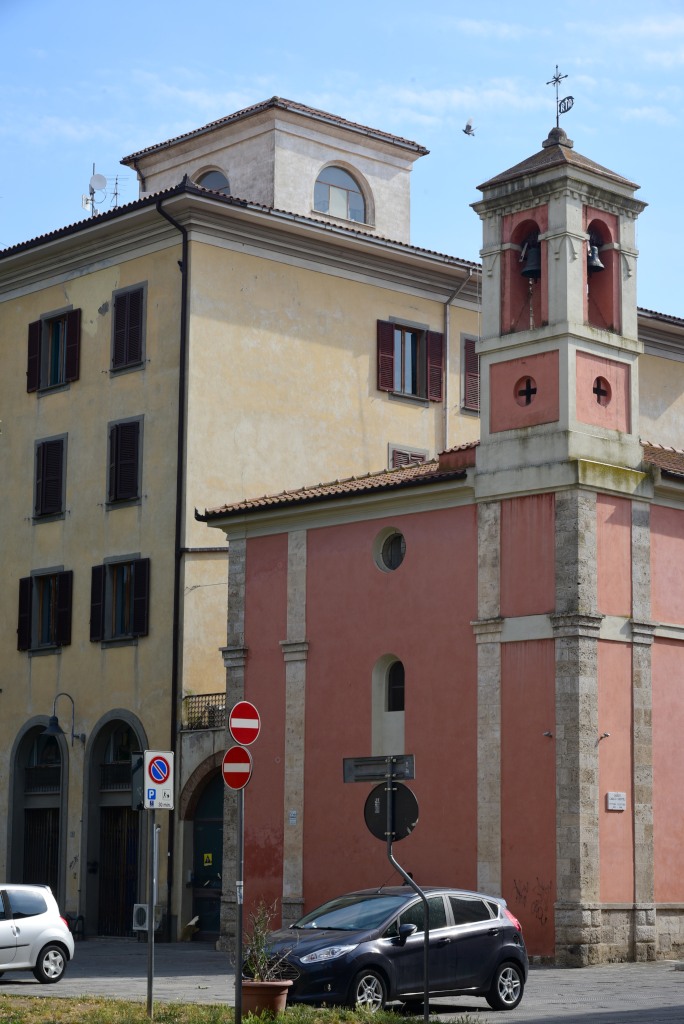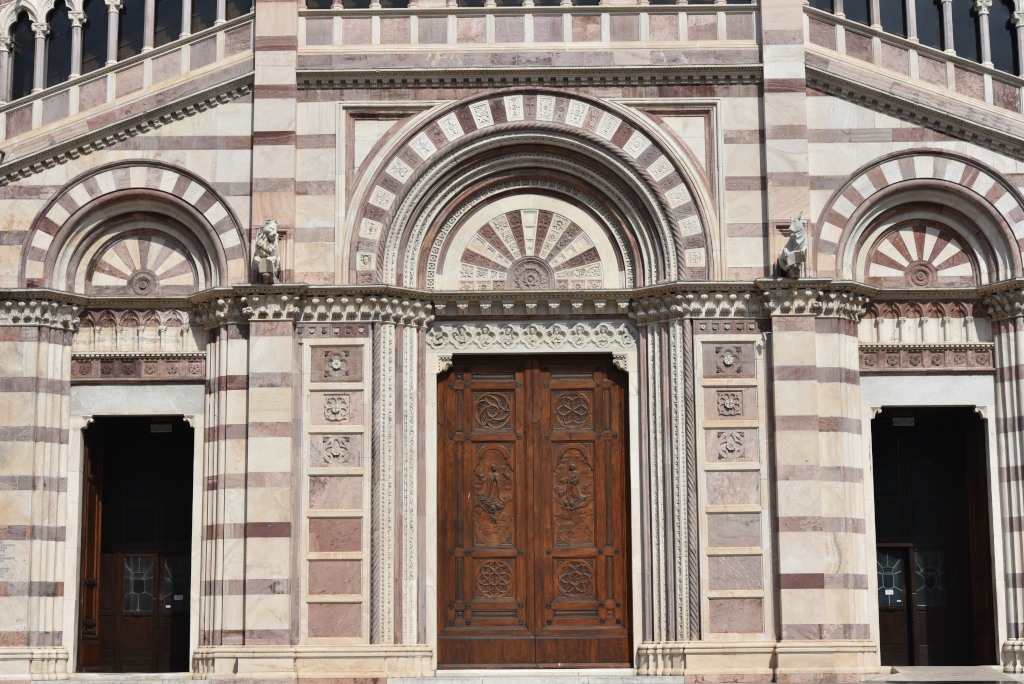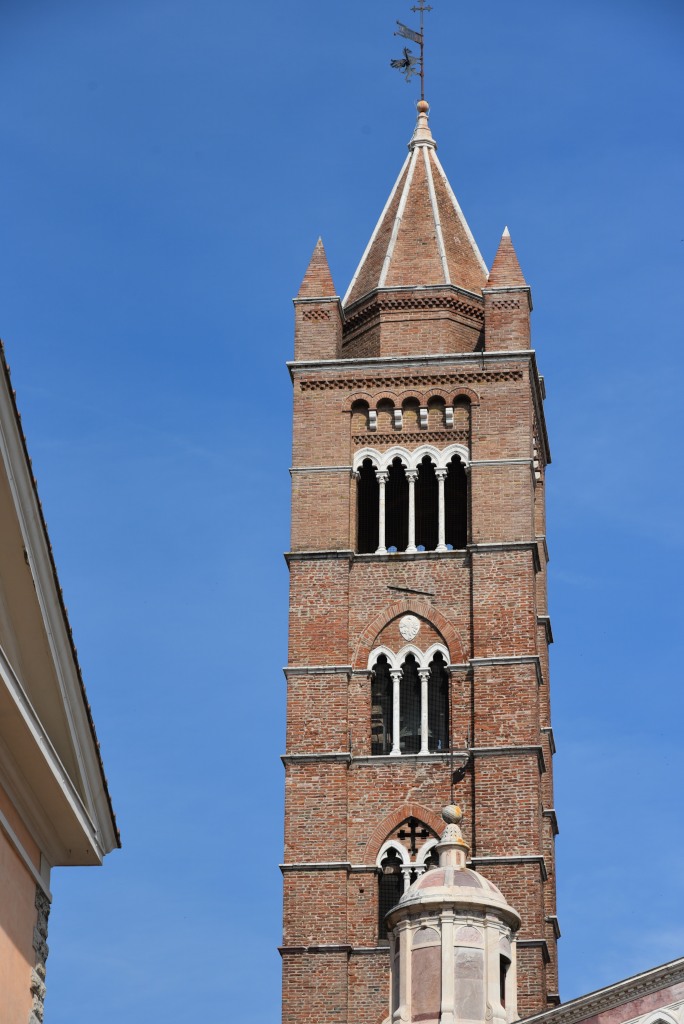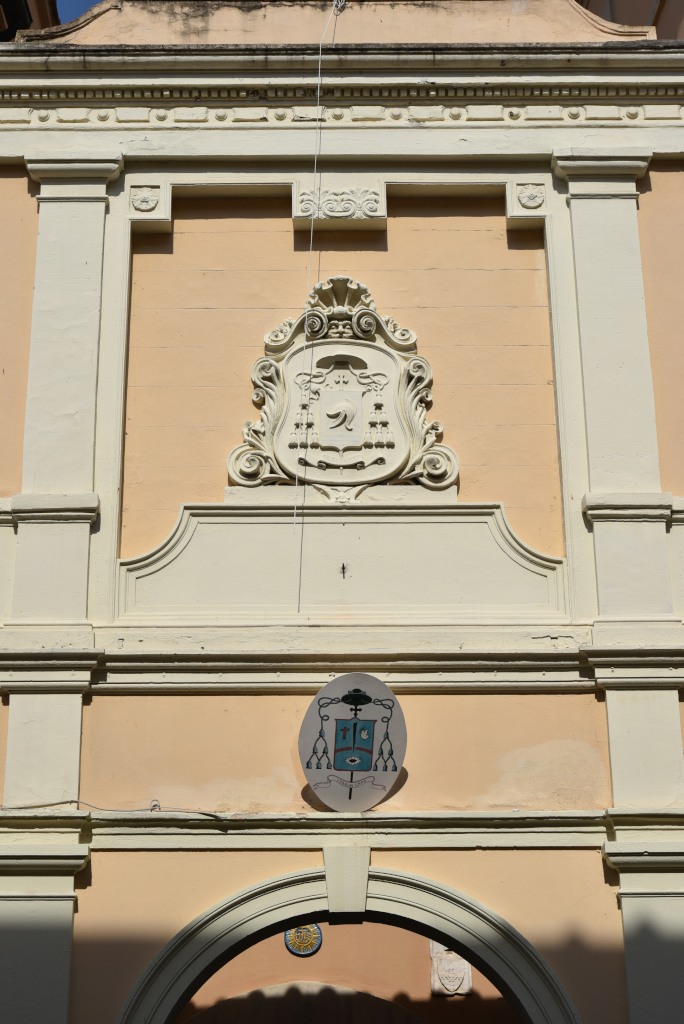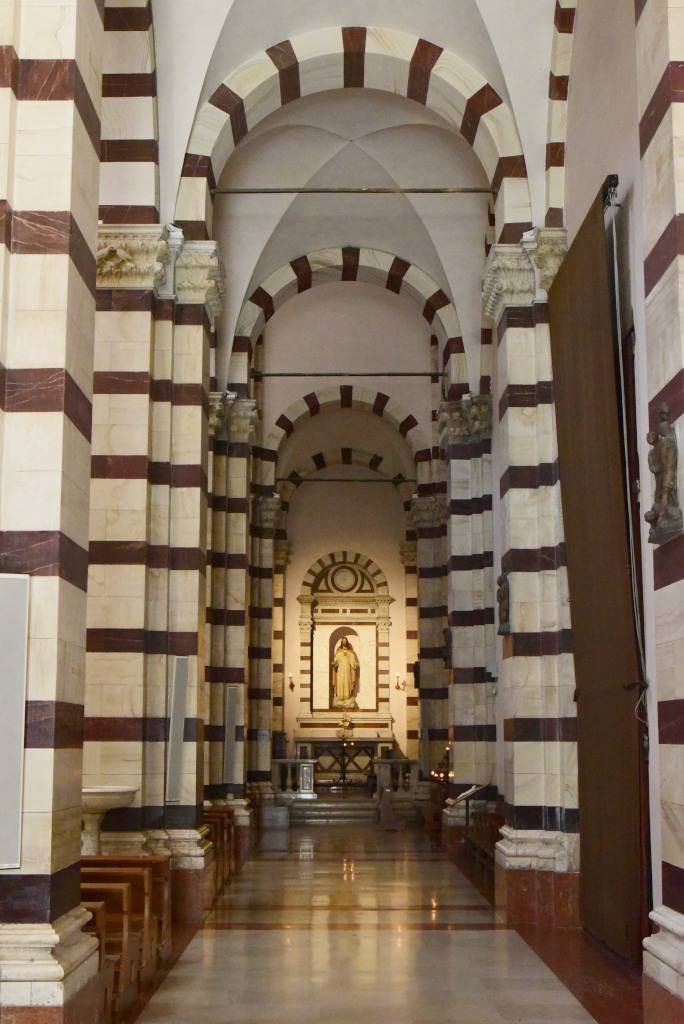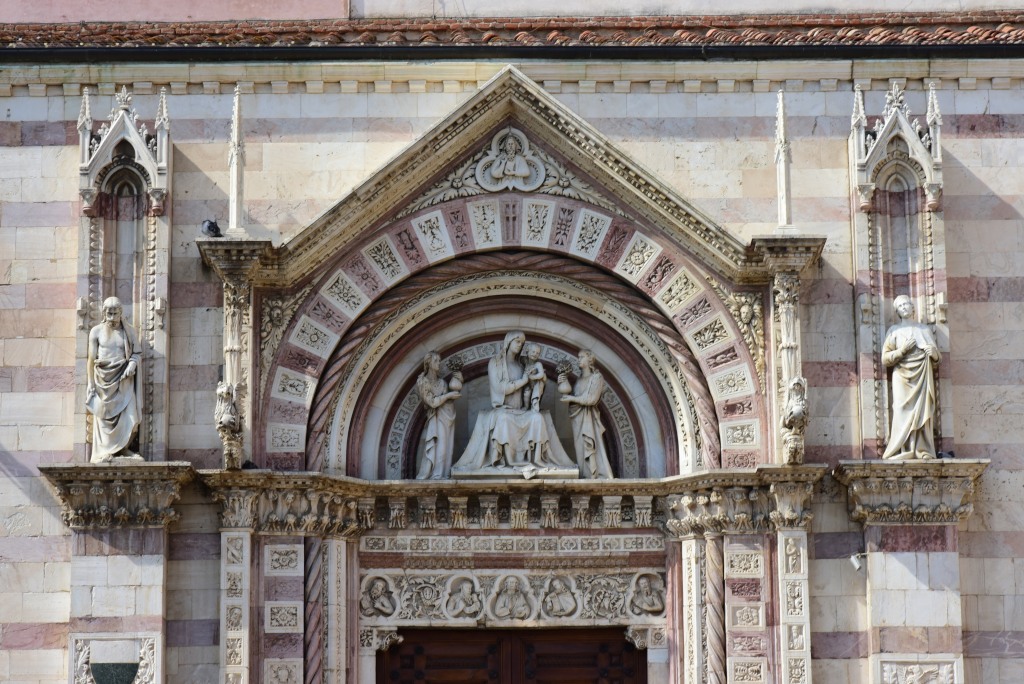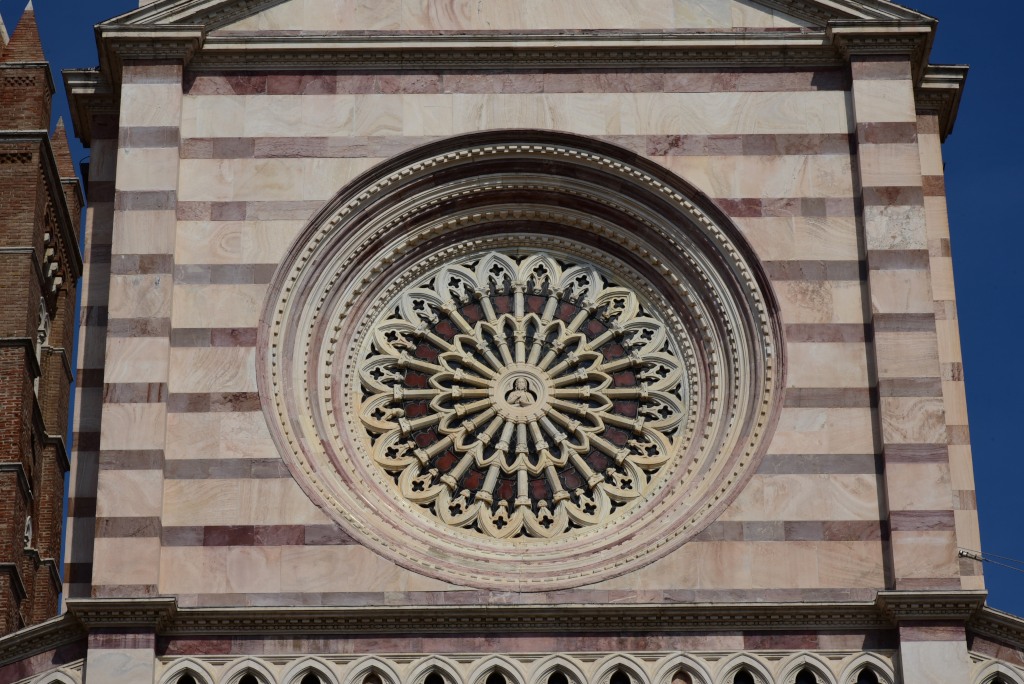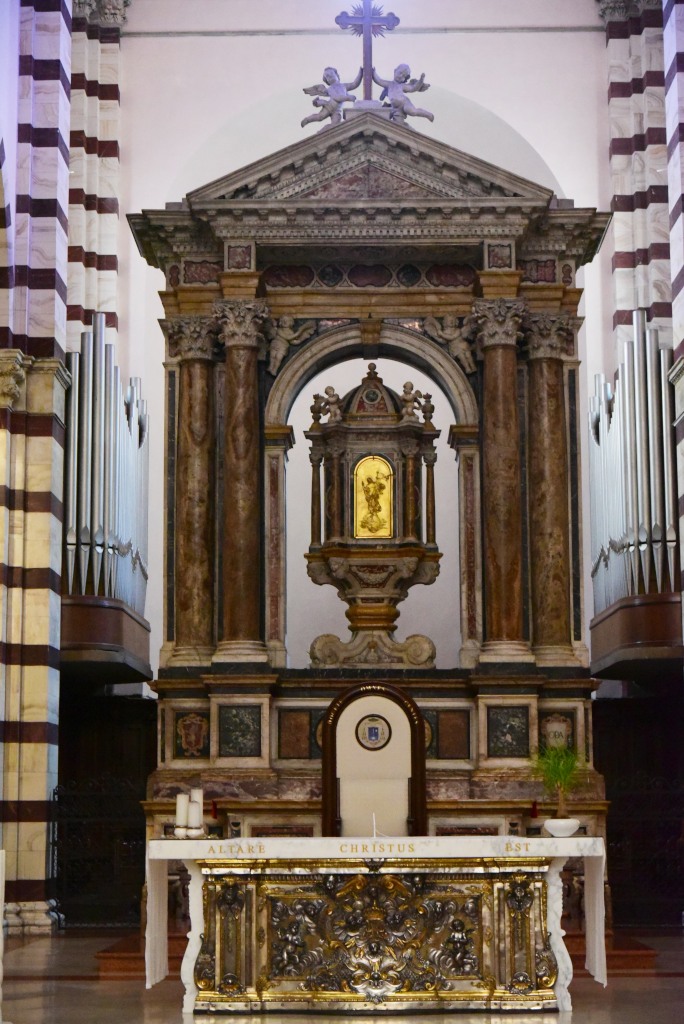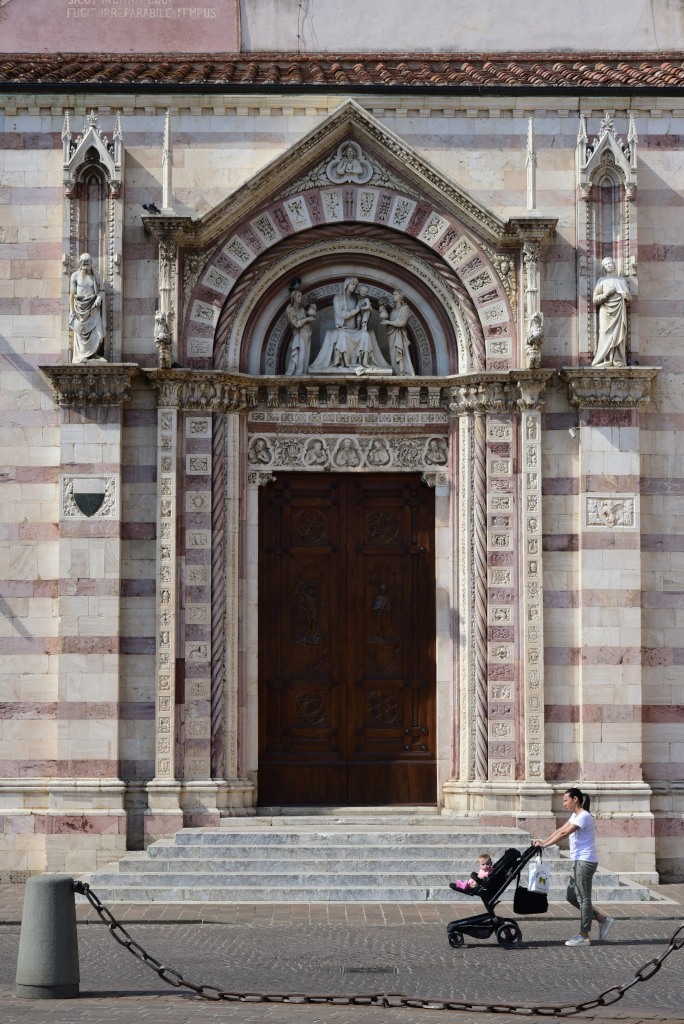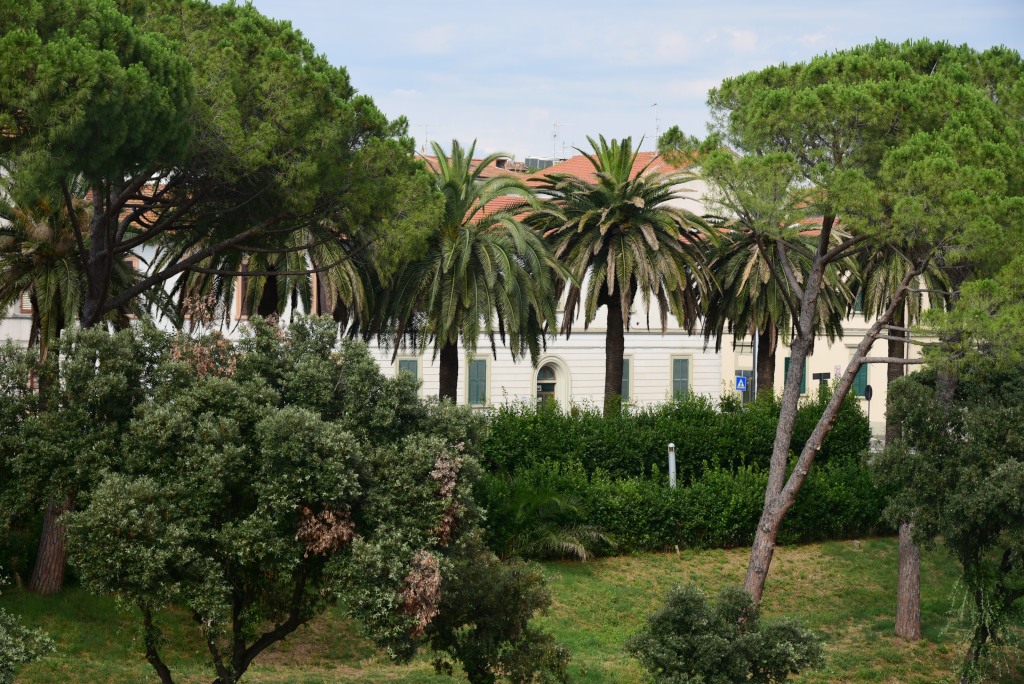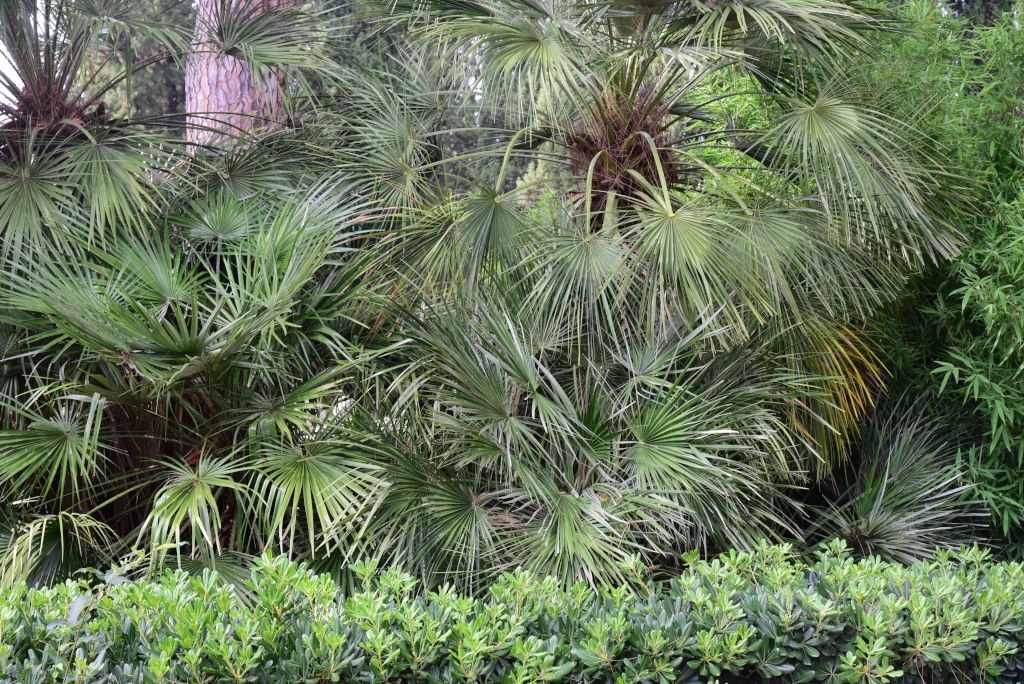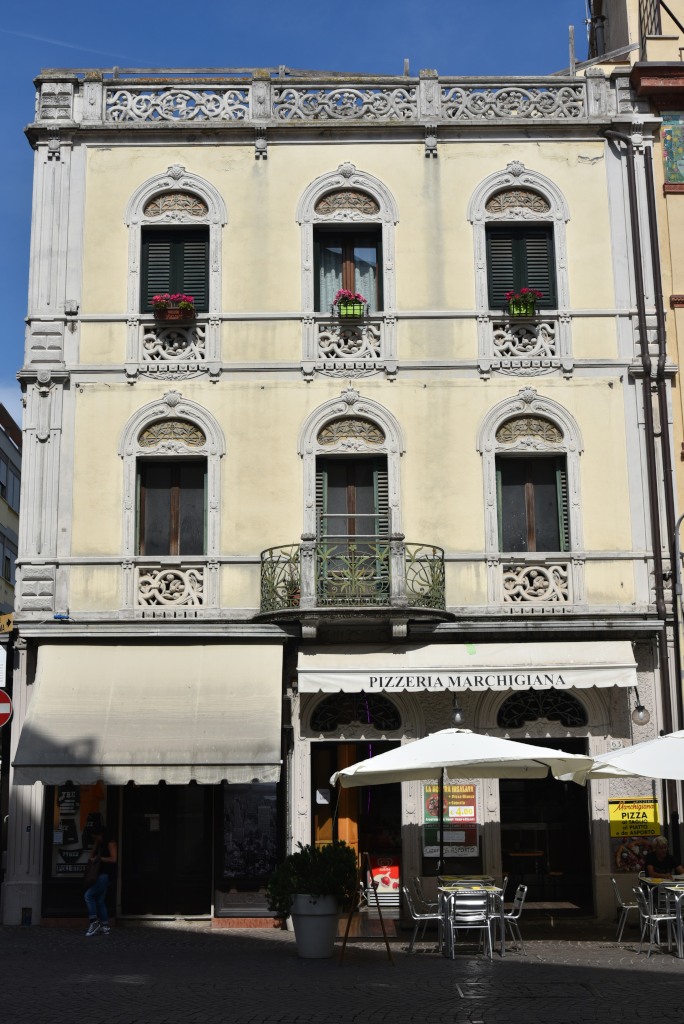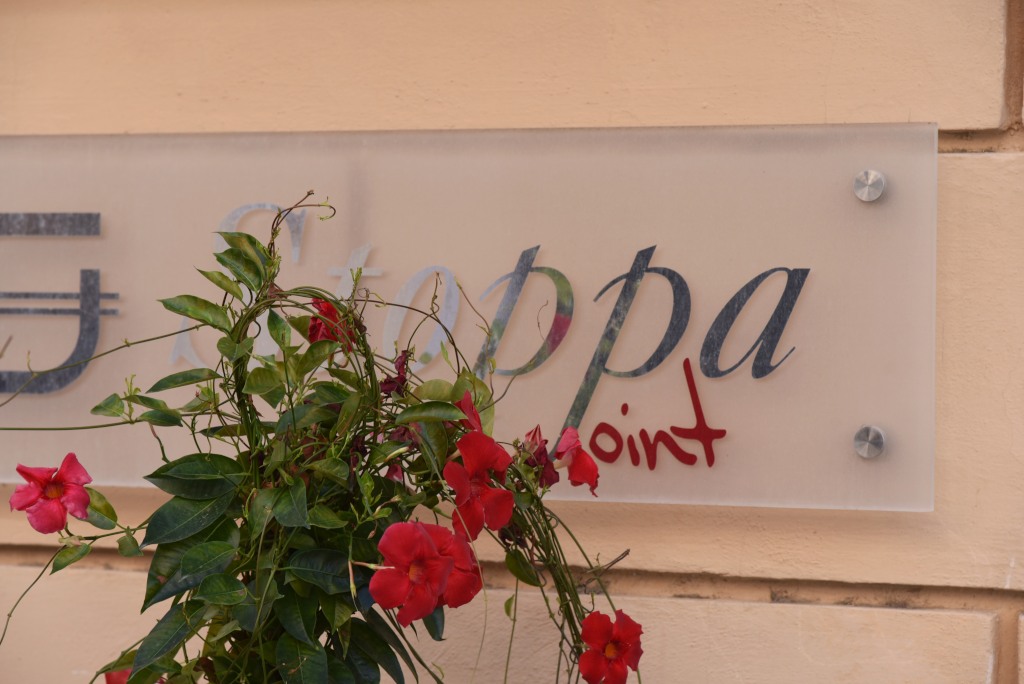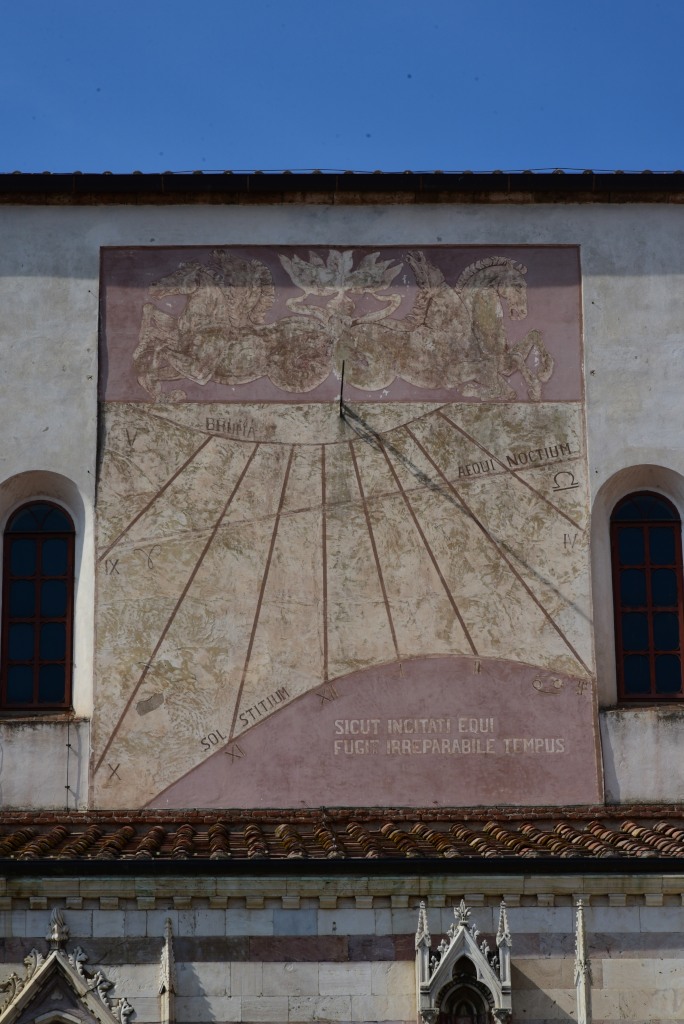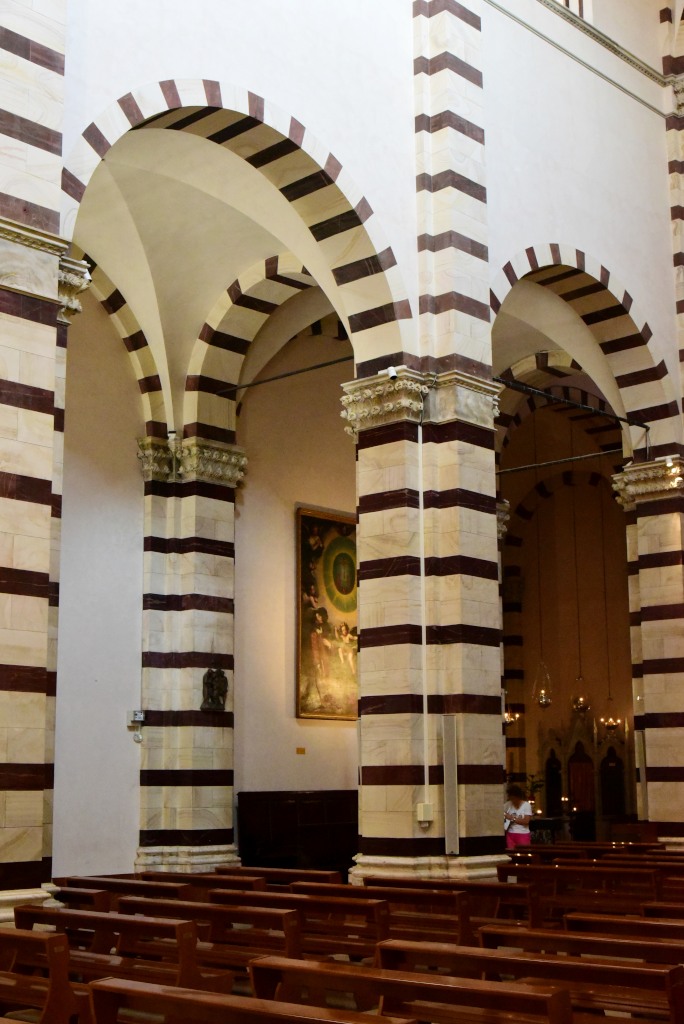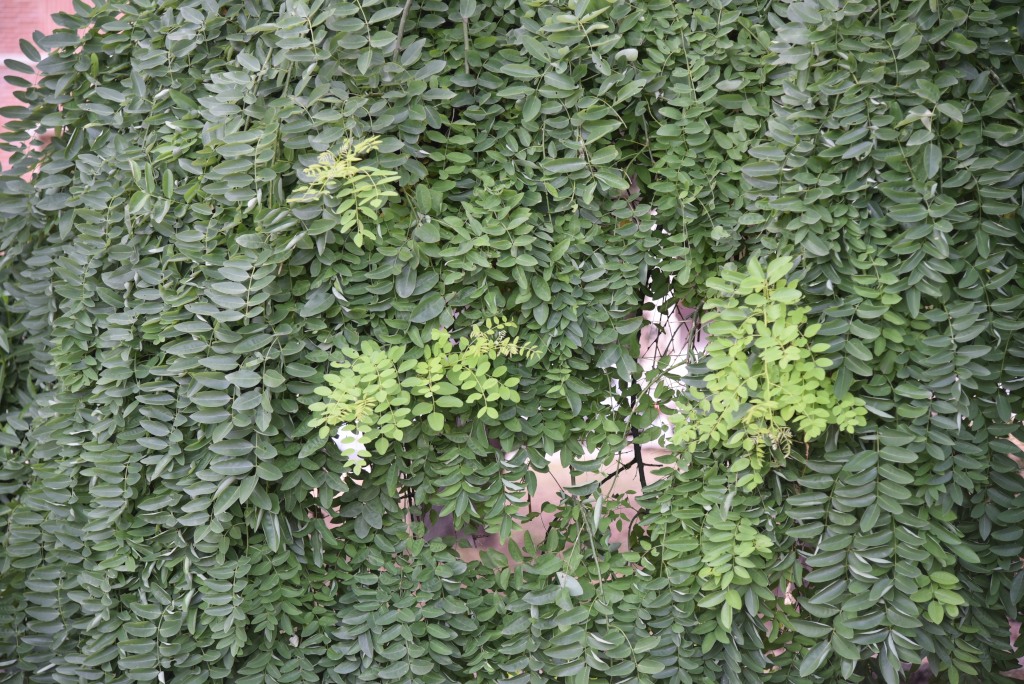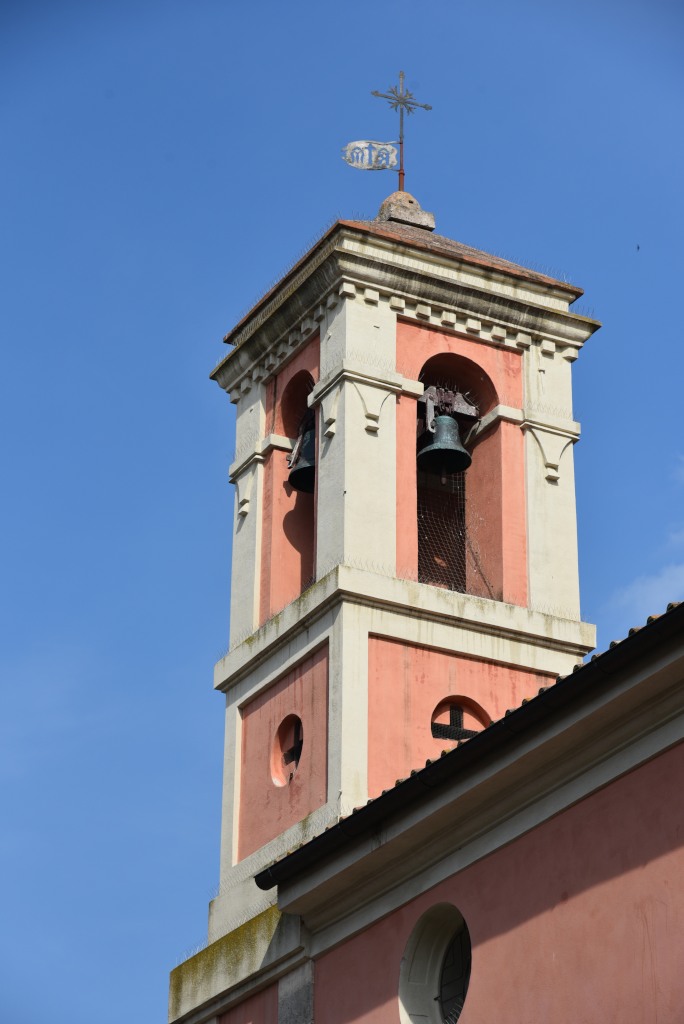June 22, 2018
Grosseto is a pleasant, charming burg lying on the coastal Maremma of Tuscany. The city of Grosseto came into its own once the perennial battle against the illnesses born from the surrounding malarial swamps was won, although even now this pristine historic gem of a city is considered off-the-beaten track, remaining absent from the typical itinerary of the novice traveler in Tuscany.
The city of Grosseto was first mentioned in 803 as a fief of the Counts of Aldobrandeschi. The city grew in importance in the Middle Ages, owing to the decline of the ancient neighboring settlements of Rusellae and Vetulonia. In 1137, Grosseto was besieged by German troops, then in 1151, the citizens of Grosseto swore loyalty to the Republic of Siena. In 1222, the Aldobrandeschi gave the Grossetani the right to have their own podestà, together with three councilors and consuls. In 1244 the city was reconquered by the Sienese and hence shared the fortunes of the burgeoning city of Siena. Thus Grosseto became an important stronghold, whose fortress and fortifying walls can still to be seen.
While Guelph and Ghibelline parties struggled for control of Siena, Umberto and Aldobrandino Aldobrandeschi attempt to regain control of Grossetto for their family. Eventually Grosseto gained its freedom and in the following year and fought alongside the Florentine forces in the Battle of Montaperti. In the ongoing conflict-laden saga of medieval central Italy, Grosseto found itself again occupied, ravaged, excommunicated by Pope Clement IV, freed in a republic led by Maria Scozia Tolomei, besieged by emperor Louis IV and by the antipope Nicholas V in 1328, until it finally submitted to its more powerful neighbour, Siena.
Sienese rule ended in the mid-16th century, when Cosimo I de Medici assumed control of the Grand Duchy of Tuscany. In 1574, the construction of a line of defensive walls was begun, while the surrounding swampy plain and perennial cause of malaria was drained. But Grosseto remained a minor town, with only 700 inhabitants at the beginning of the 18th century.
Given its history and importance in the Tuscan region, Grosseto has many elegant palaces and churches dating to the Middle Ages and Renaissance. The Romanesque cathedral is one of the most important of these structures, and is named for its patron St. Lawrence. The church was begun at the end of the 13th century by architect Sozzo Rustichini of Siena, and erected over the earlier church of Santa Maria Assunta. The façade of alternate layers of white and black marble is Romanesque in style, while the internal layout consists of a Latin cross, with transept and apse.
The coastal region below Grosseto is home to the Maremma Regional Park, one of central Italy’s great coastal ecosystems. The 9,000 hectare park runs along 25 kilometres of coastline, contains a variety of wildlife, and is rich in indigenous greenery. The region’s history dates to the Iron Age, the natural environment reflecting both the presence of humans since ancient times, as well the dispersal and eventual abandonment to the forces of nature over the millennia.
(Narrative excerpted from Wikipedia)

